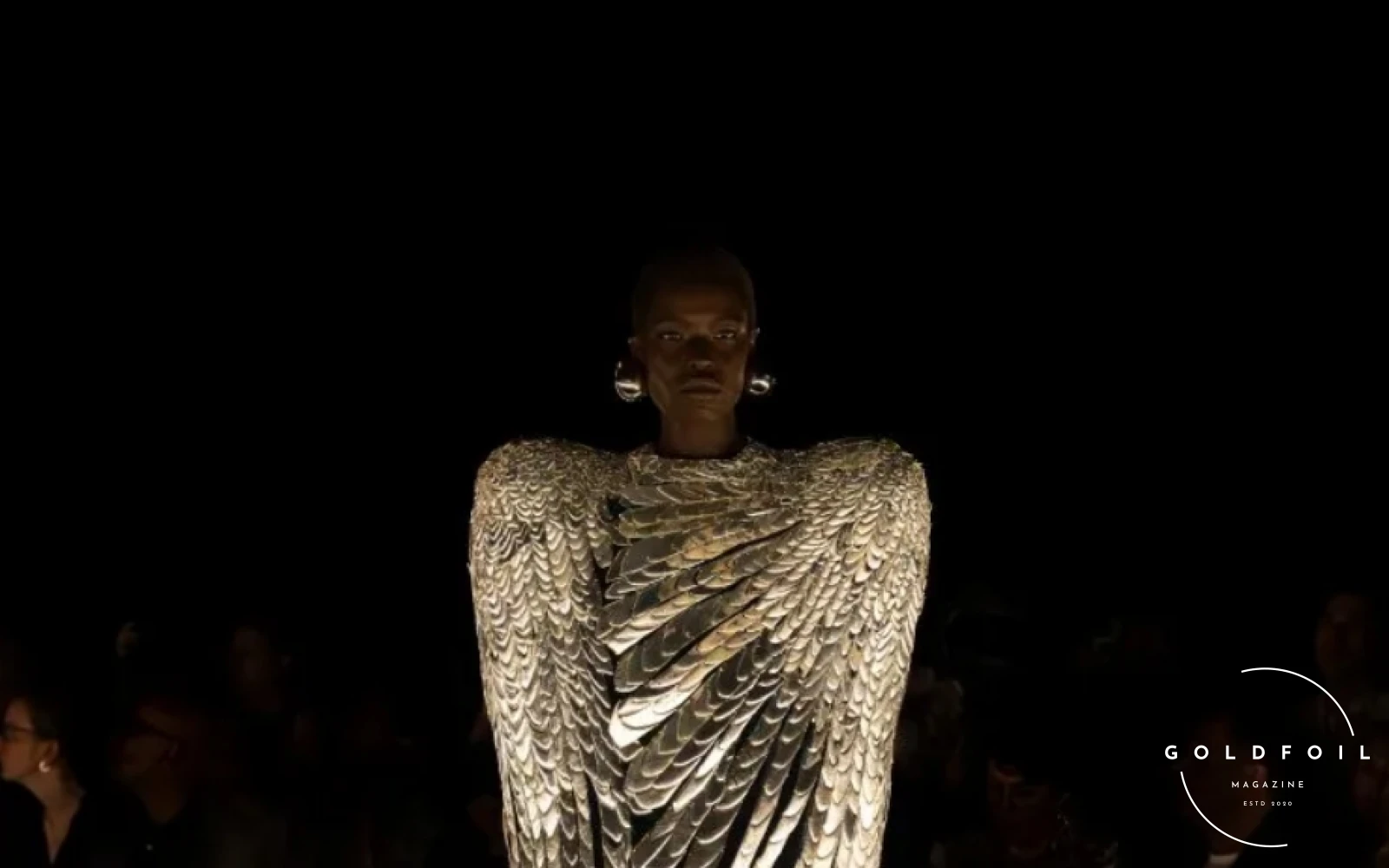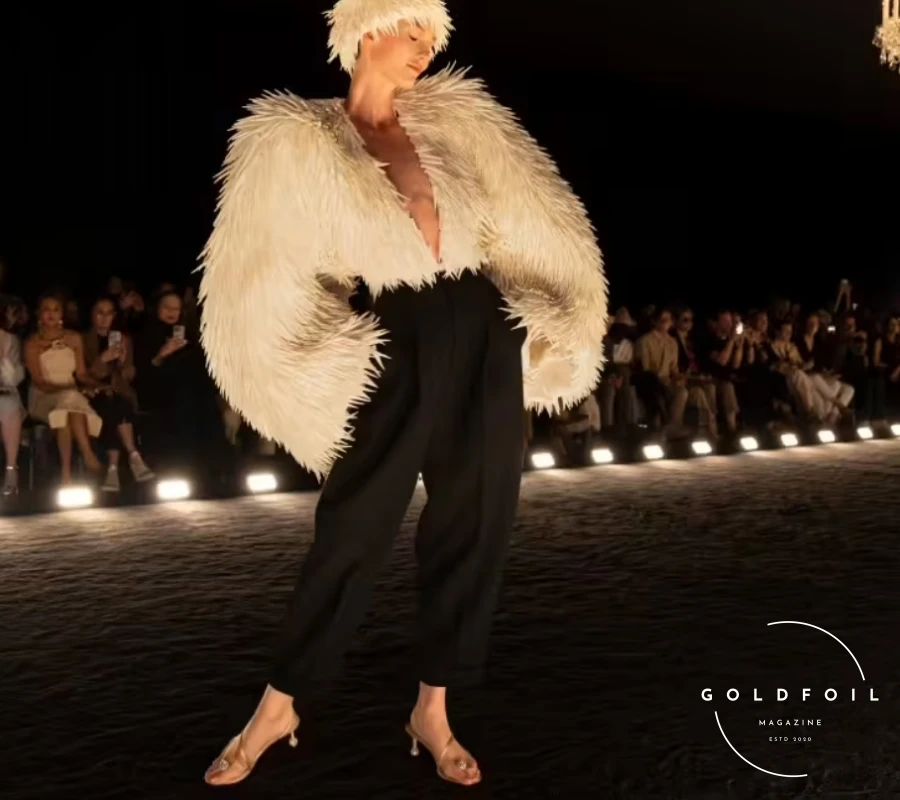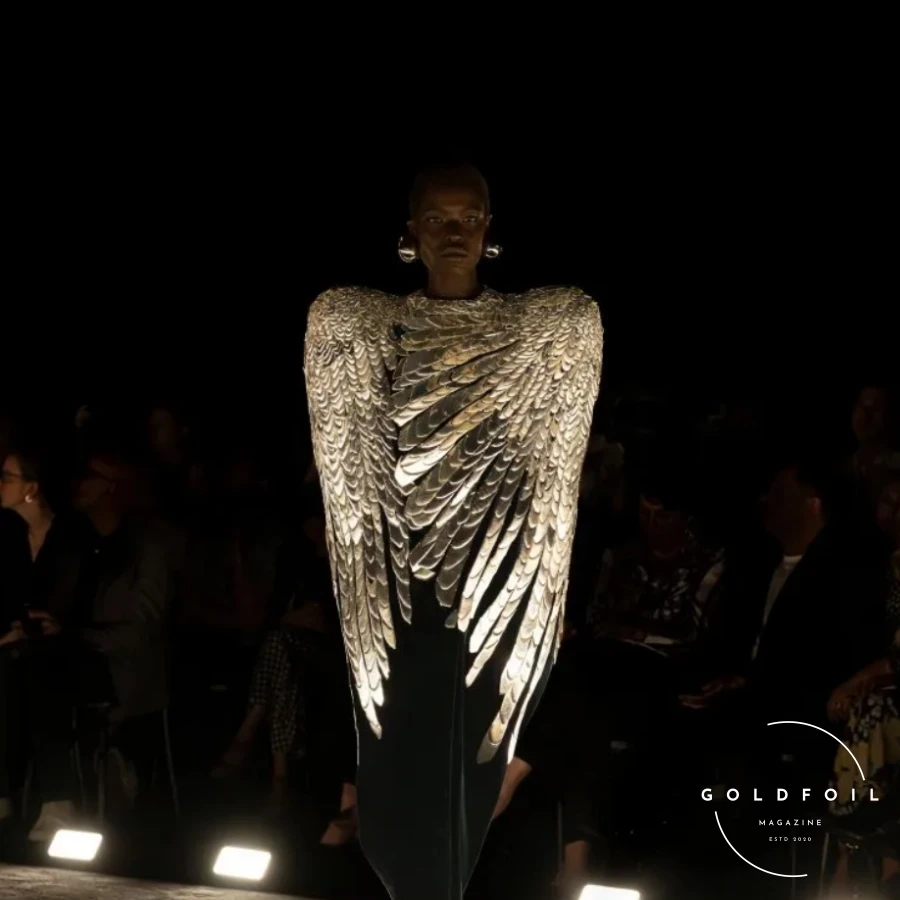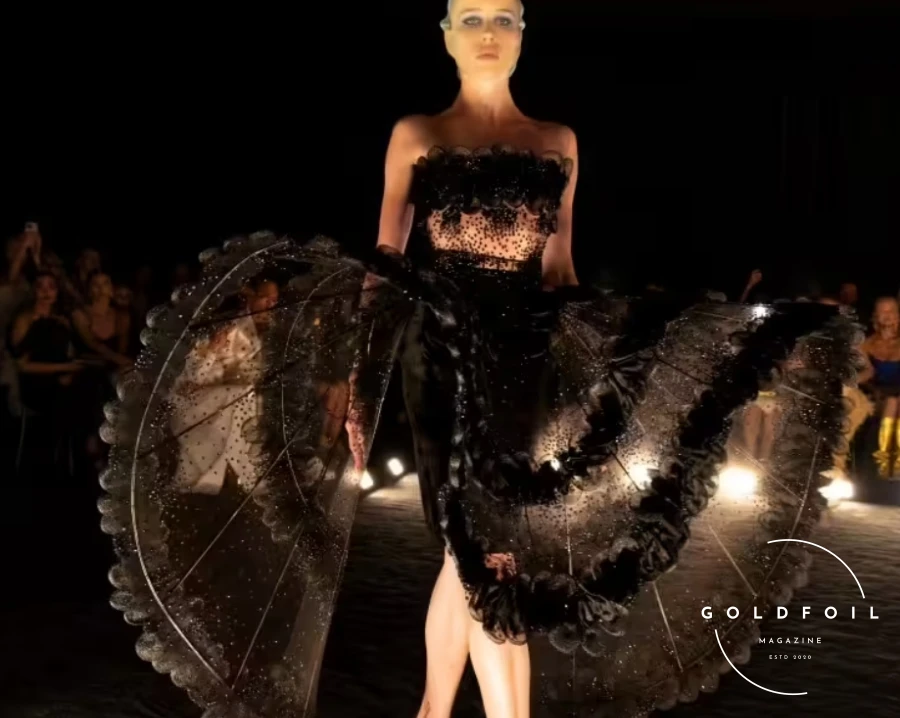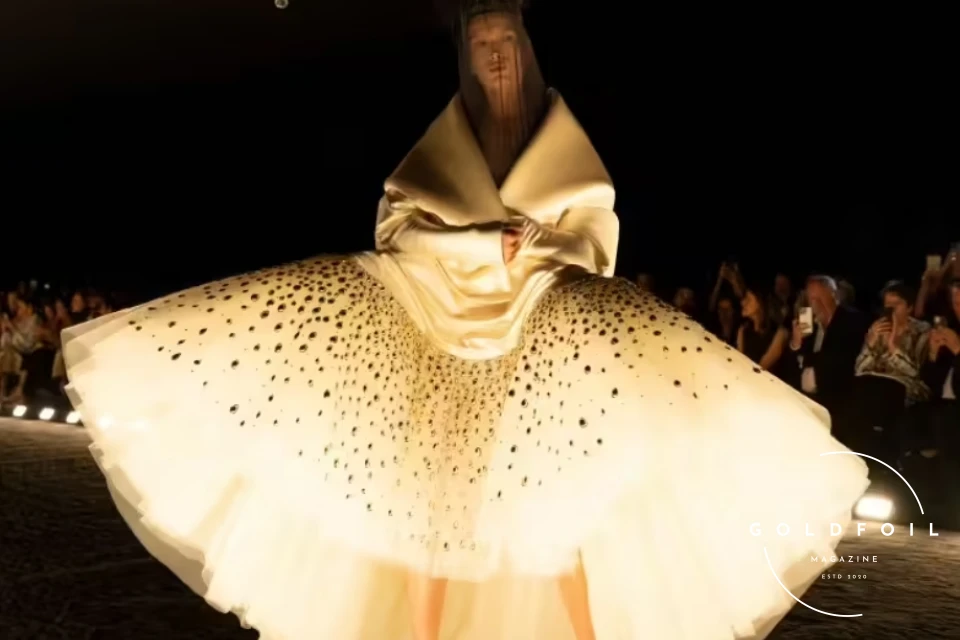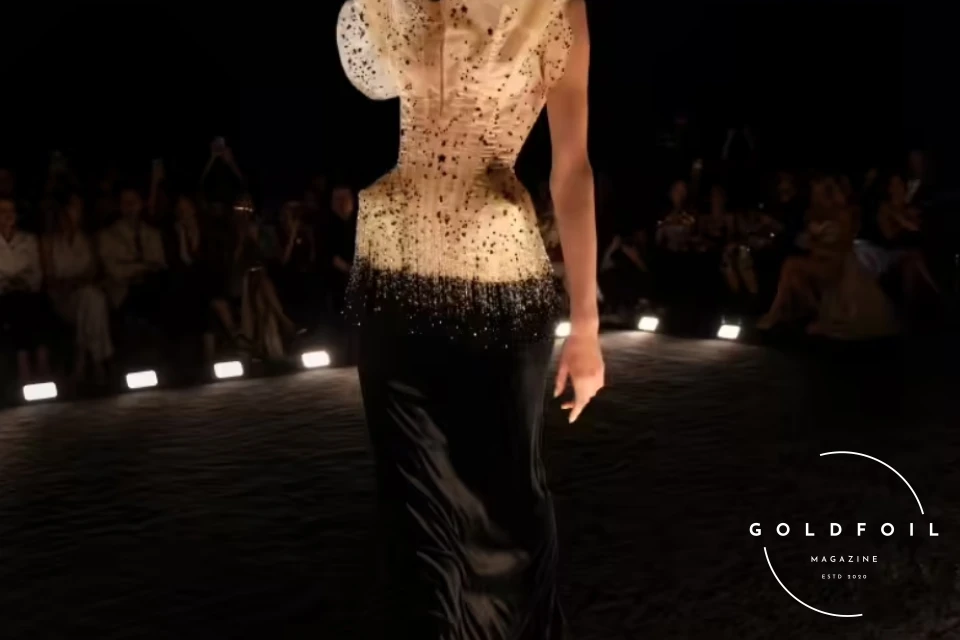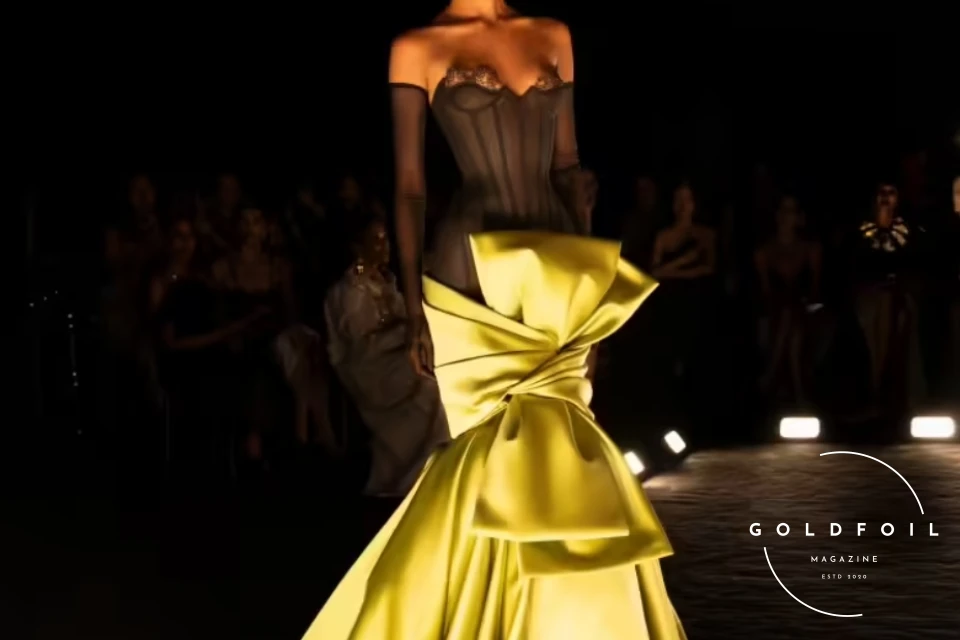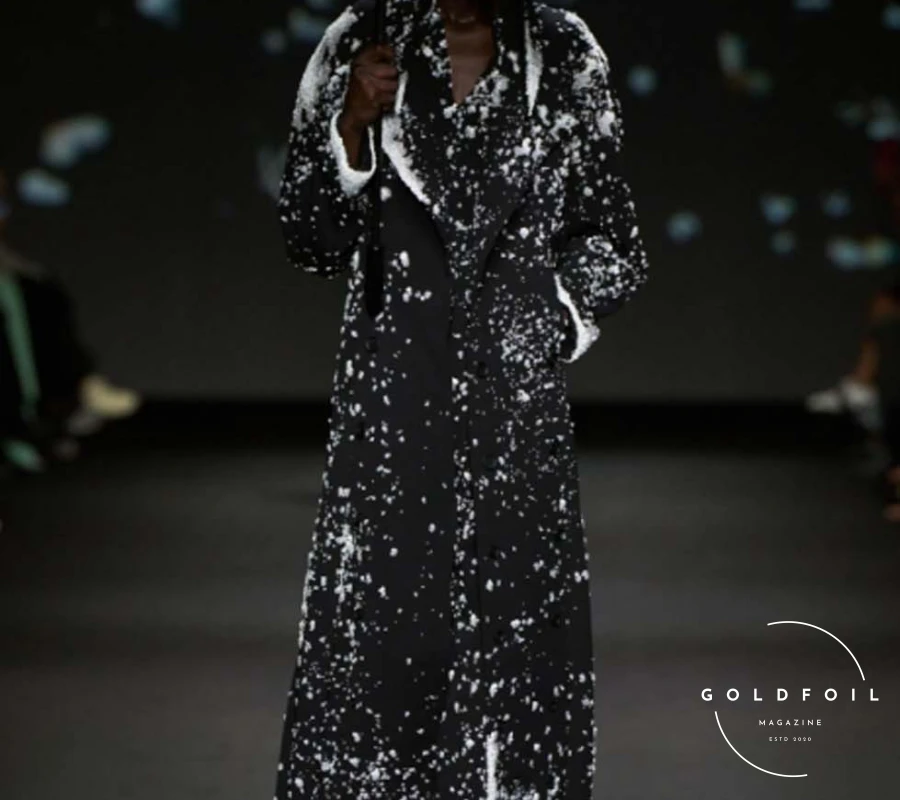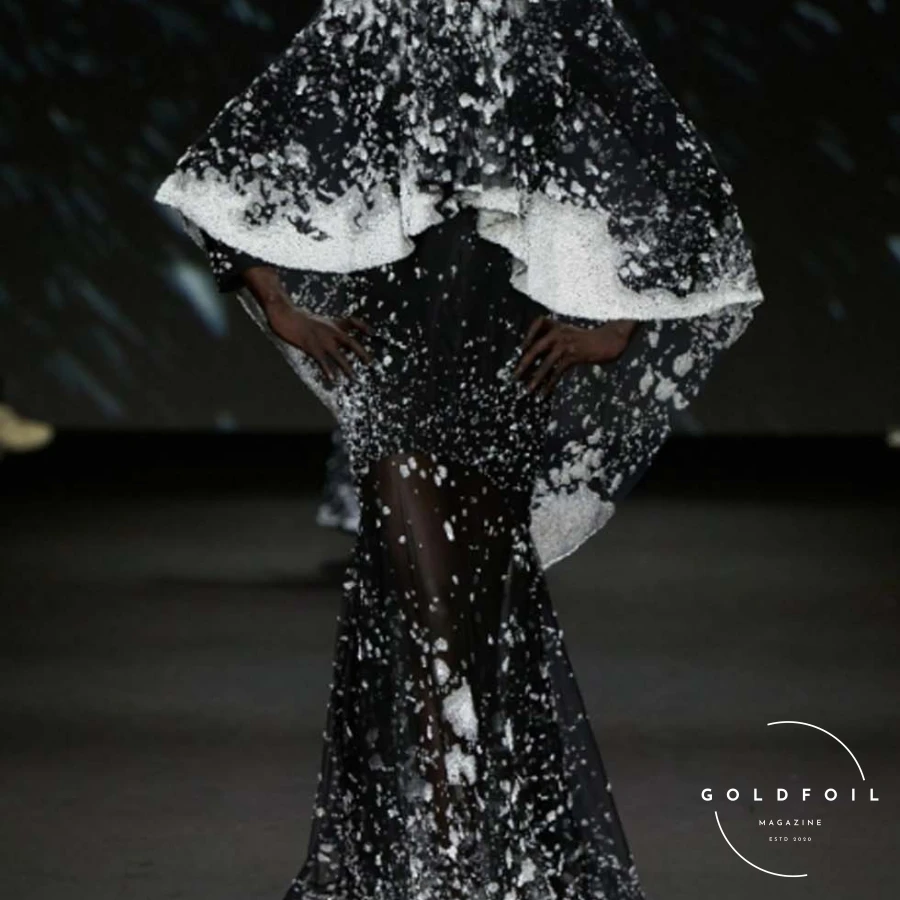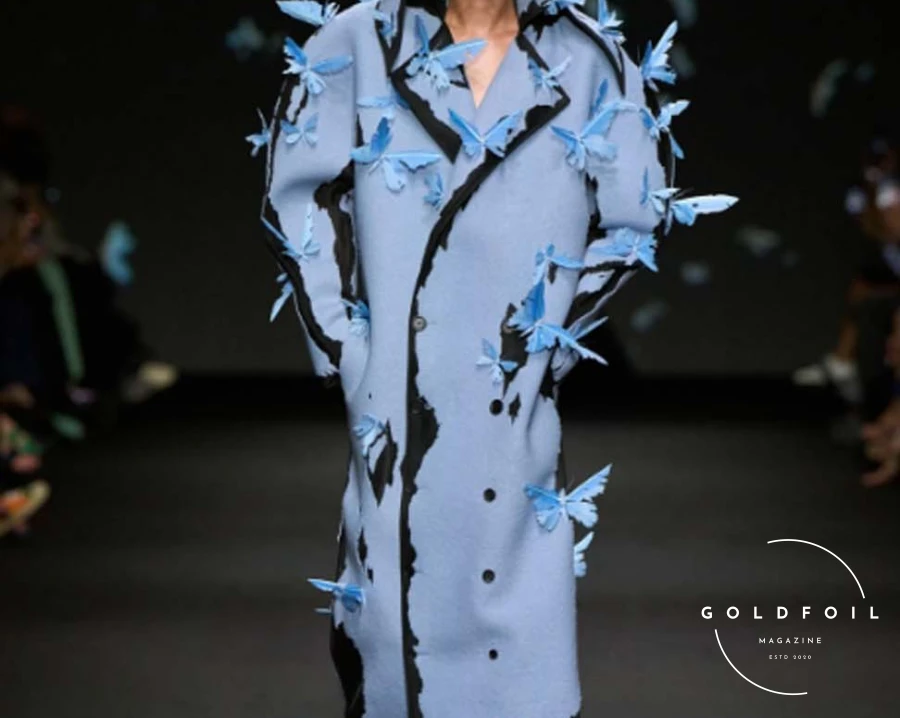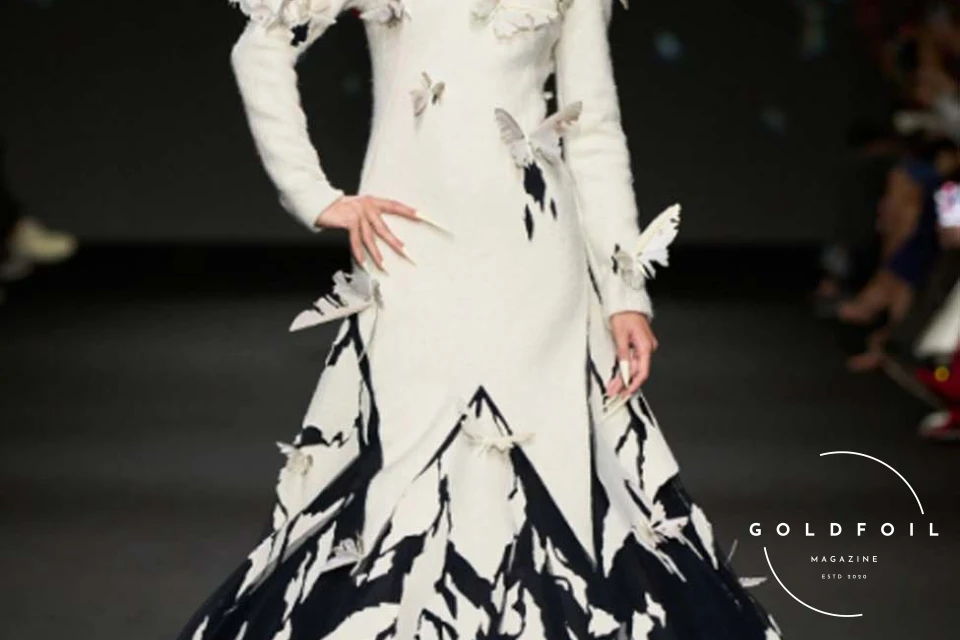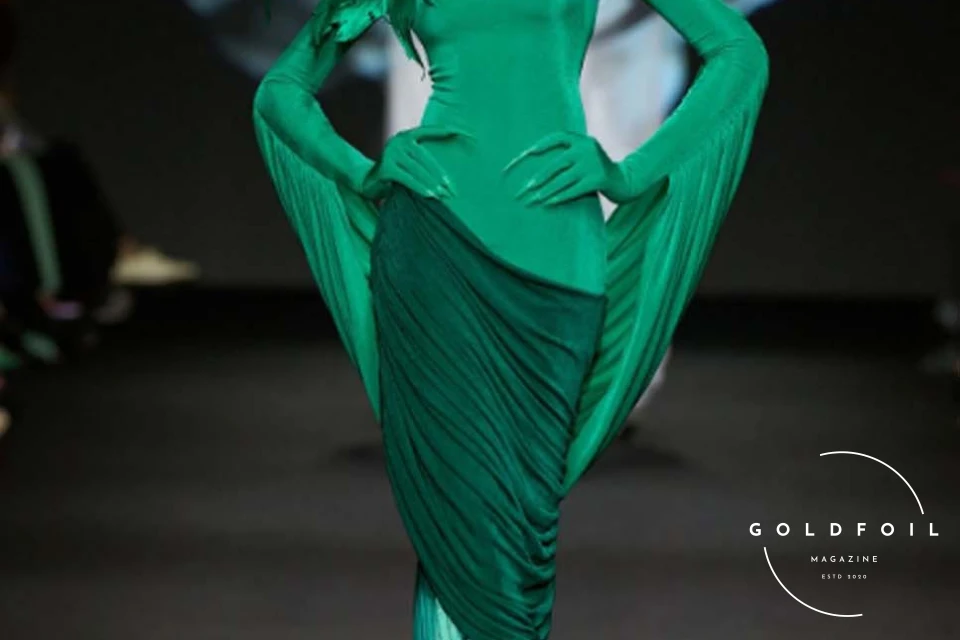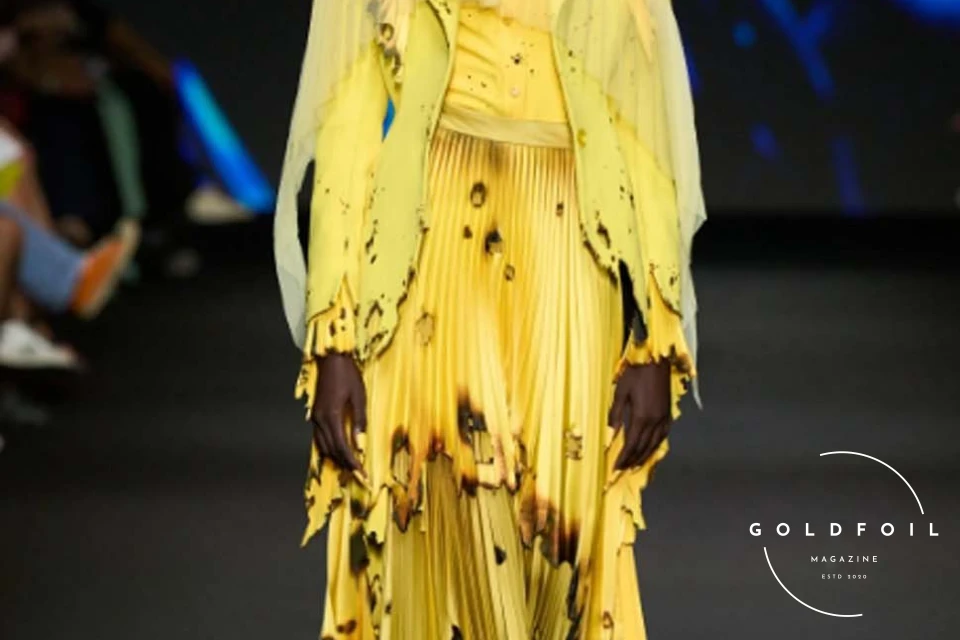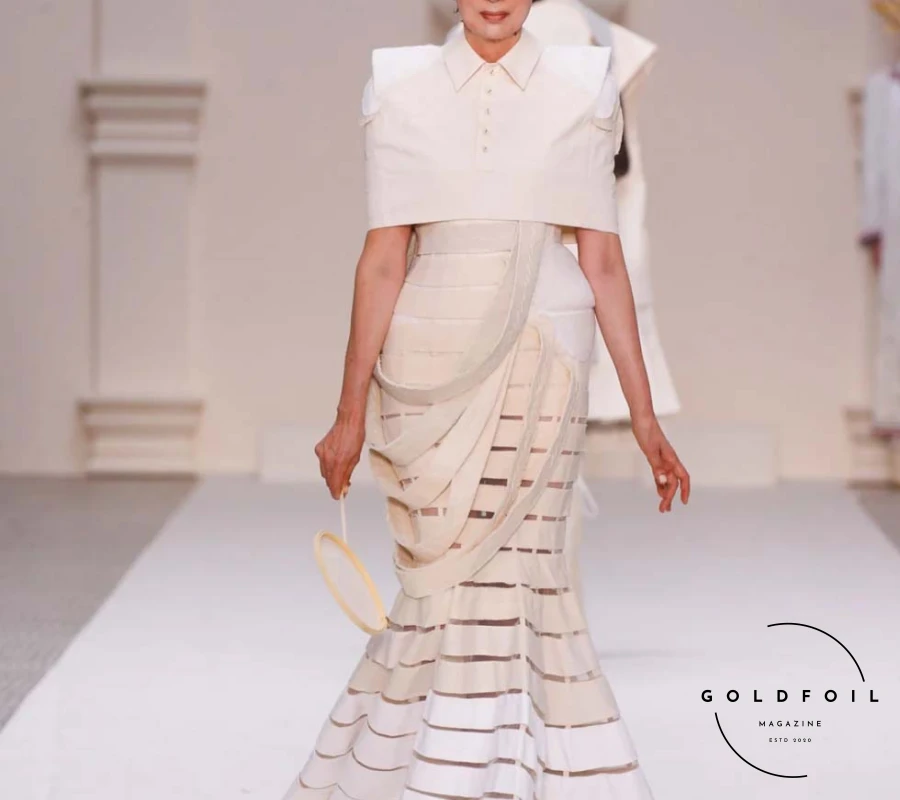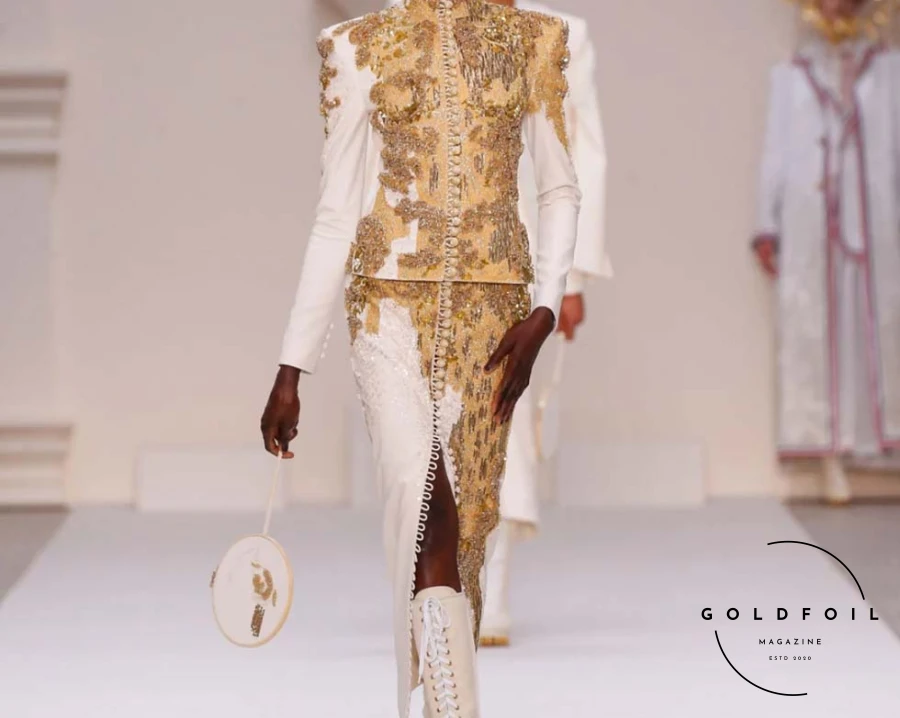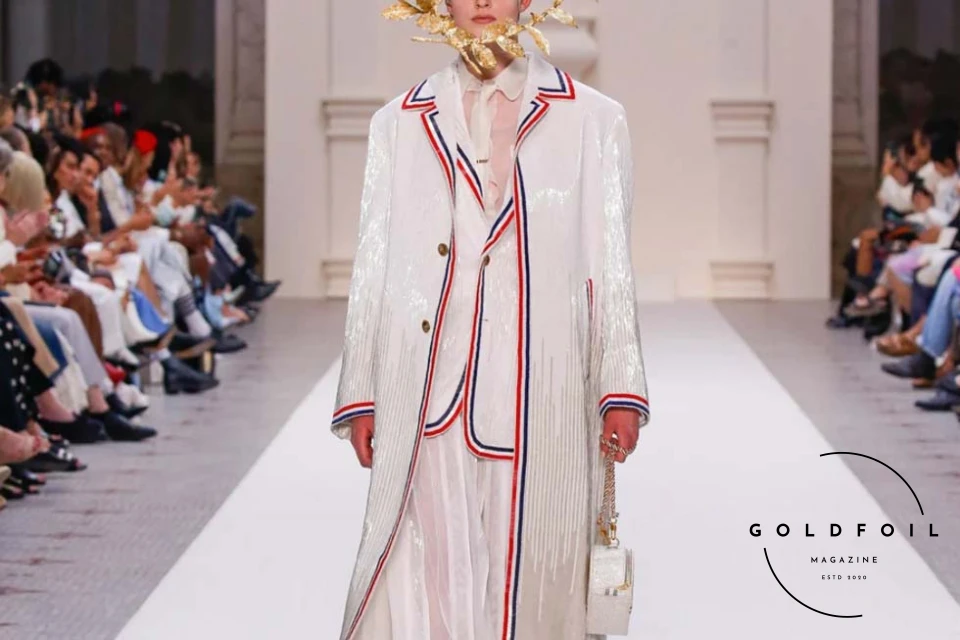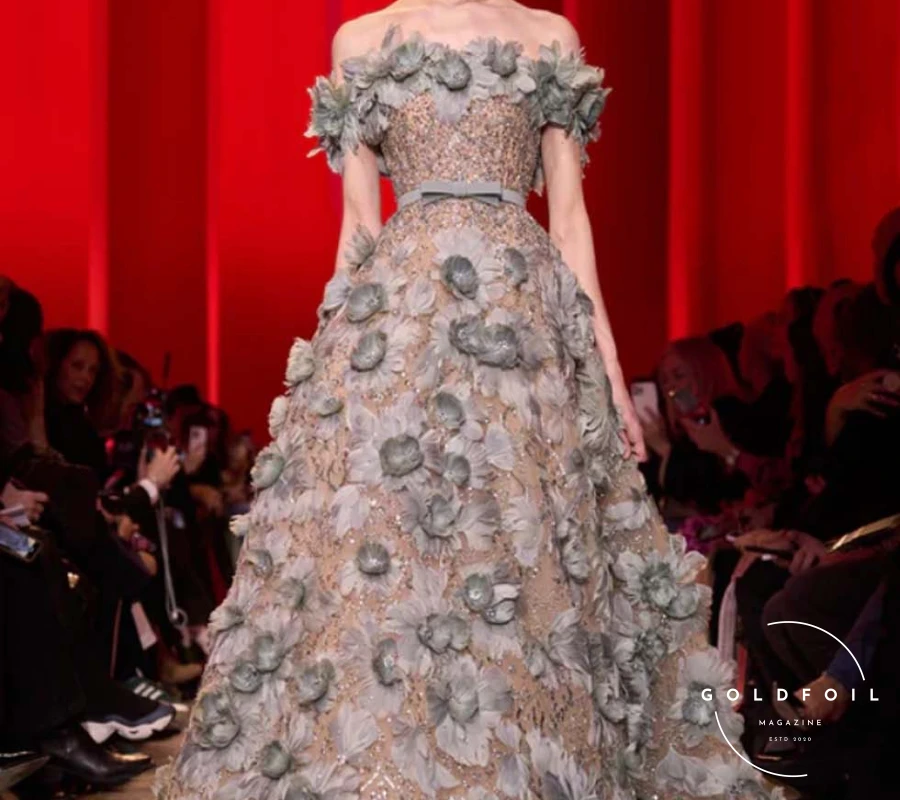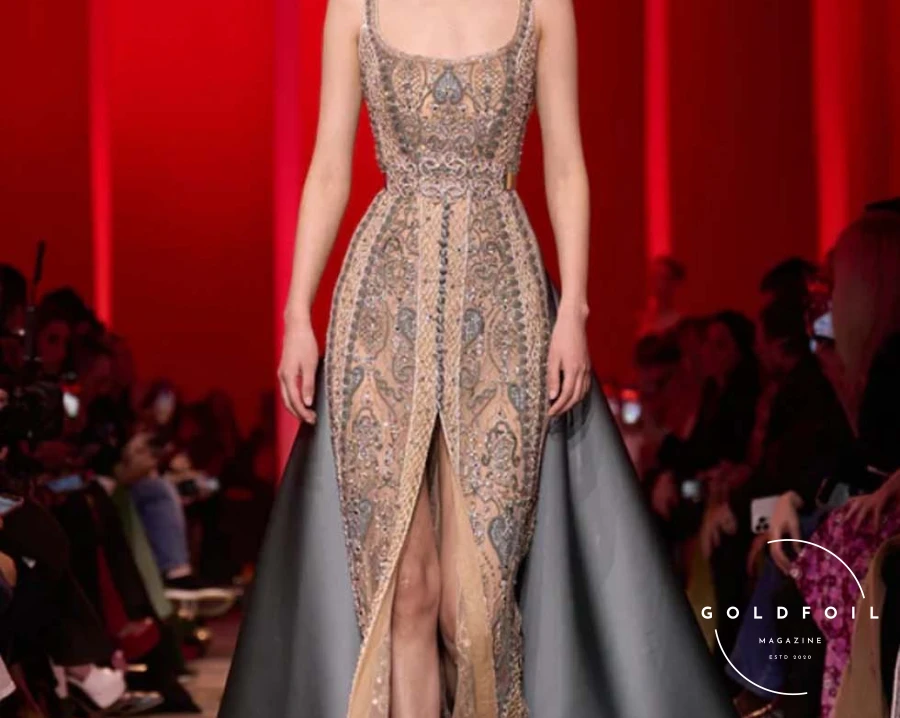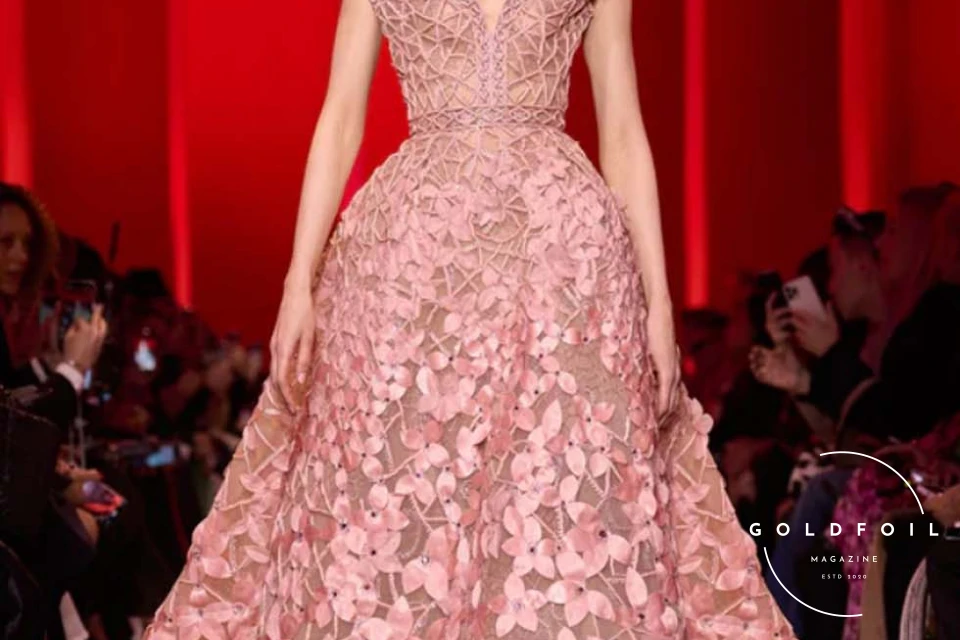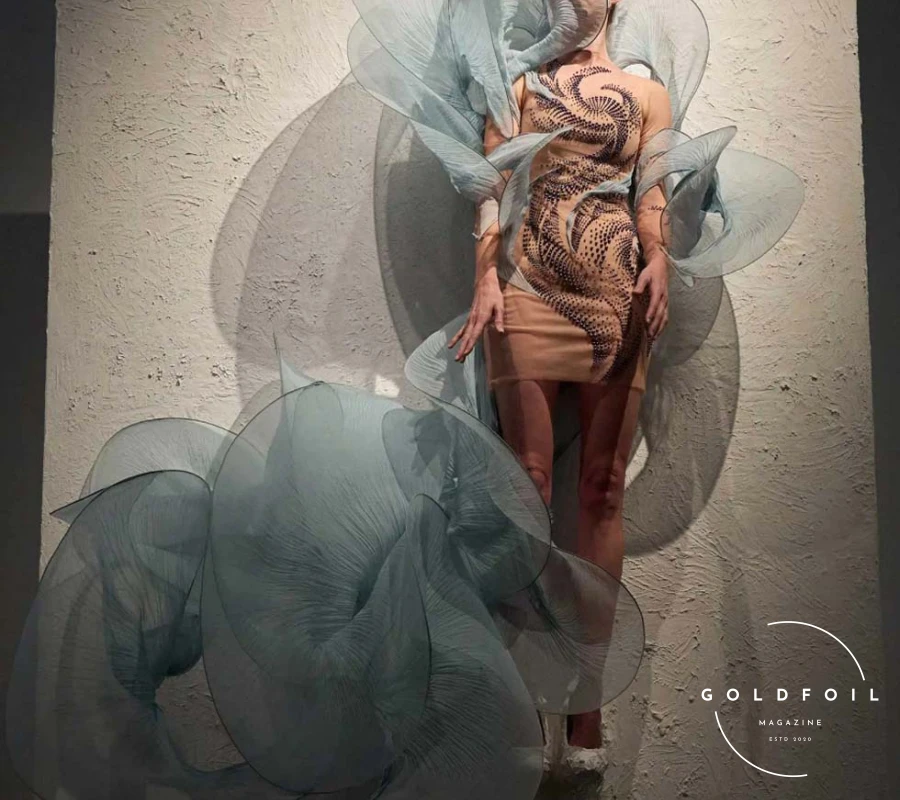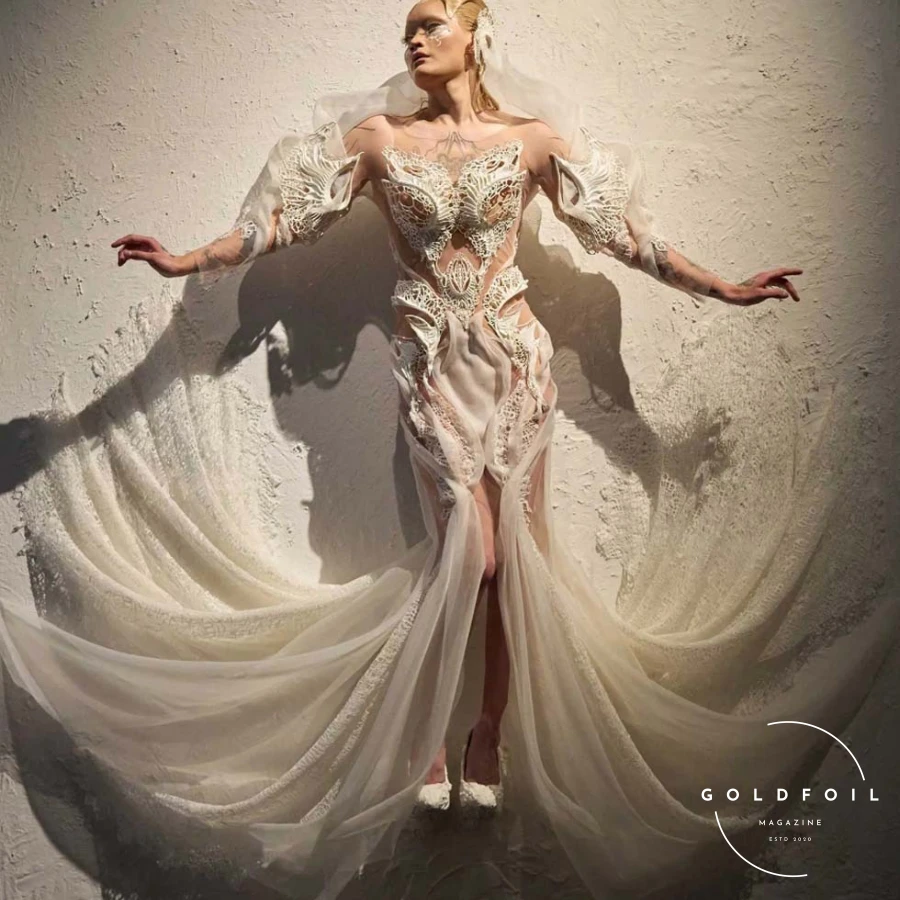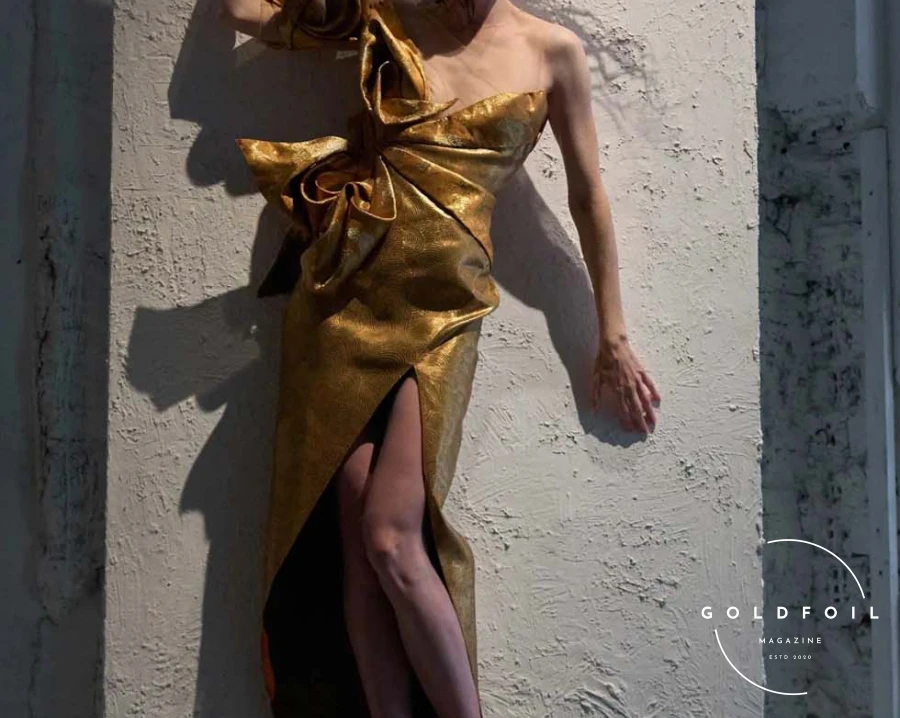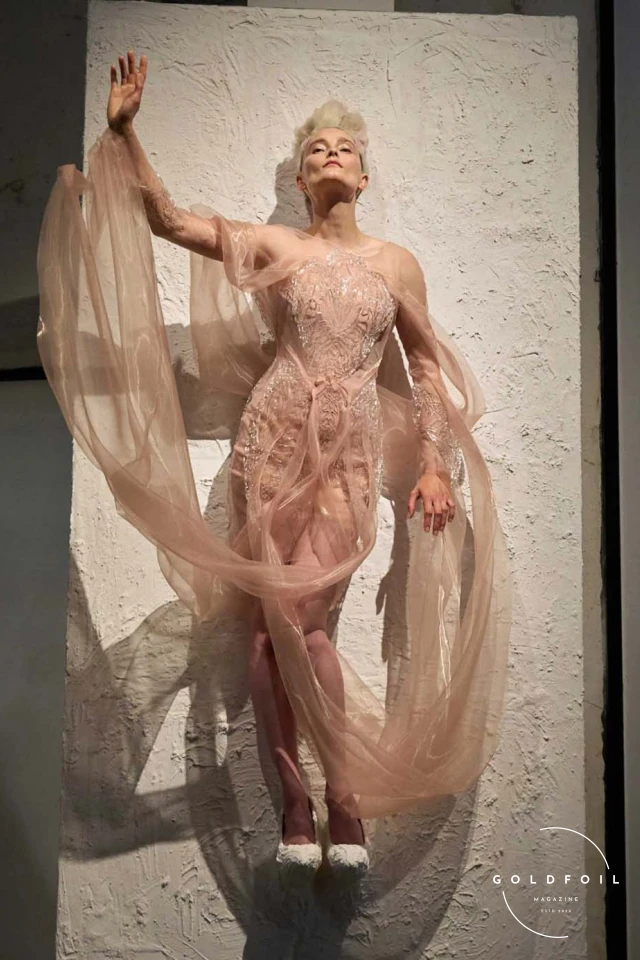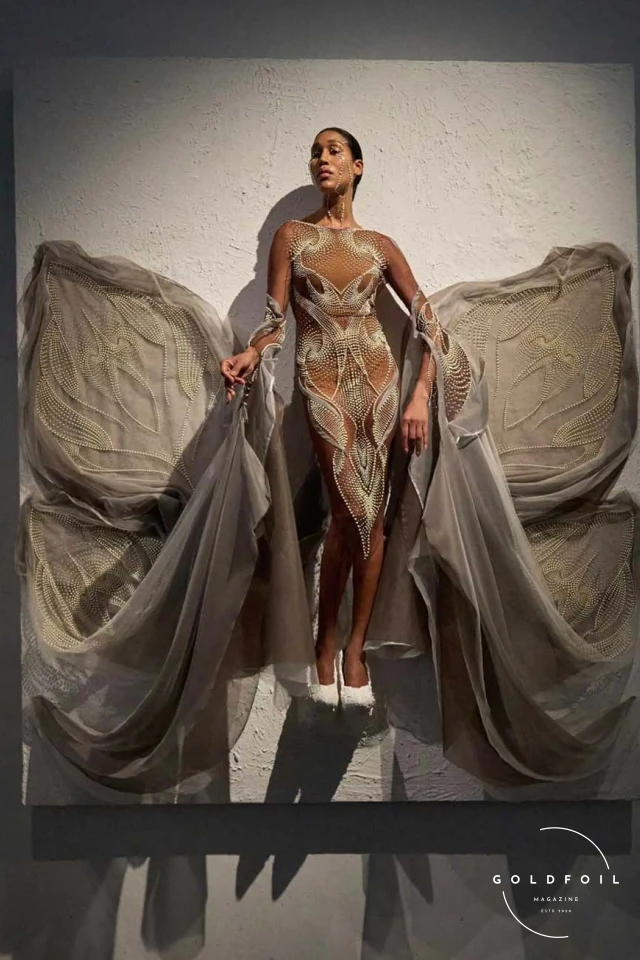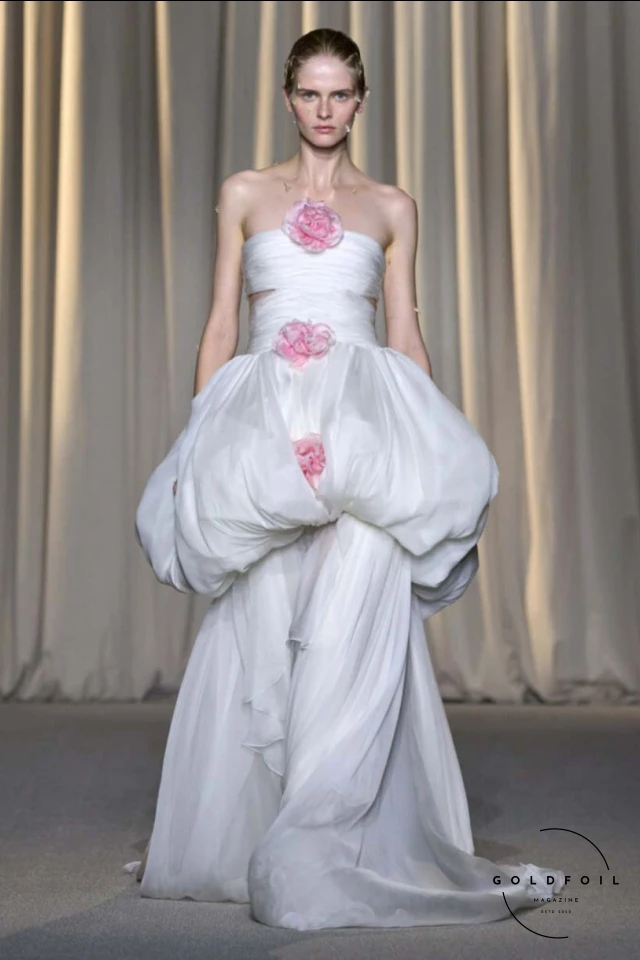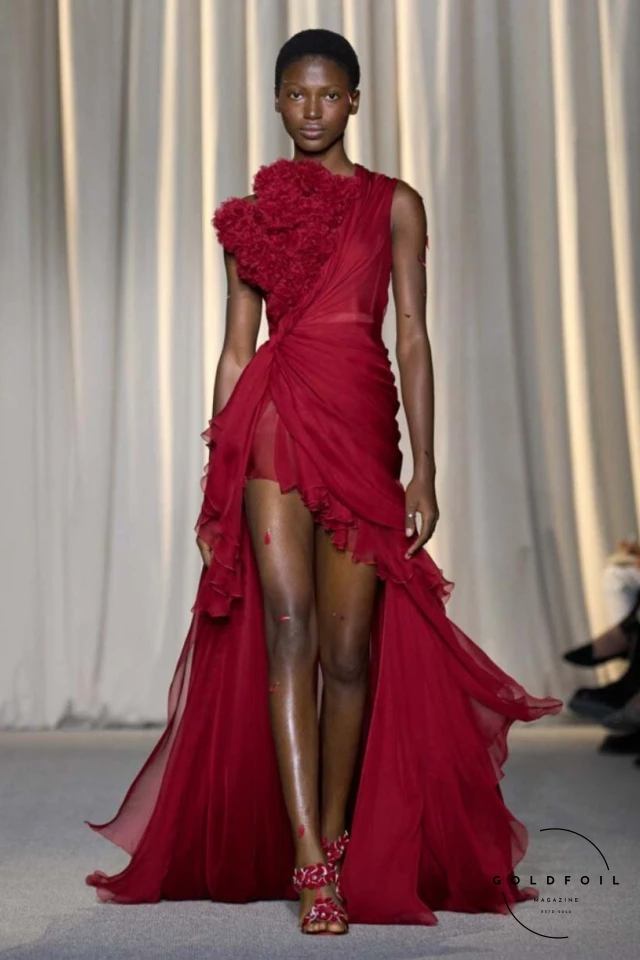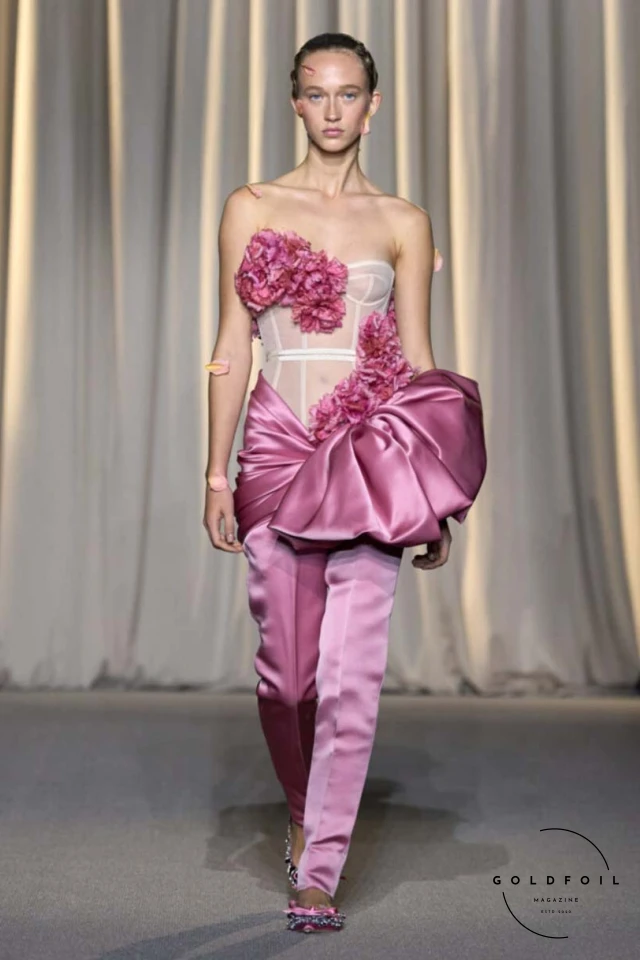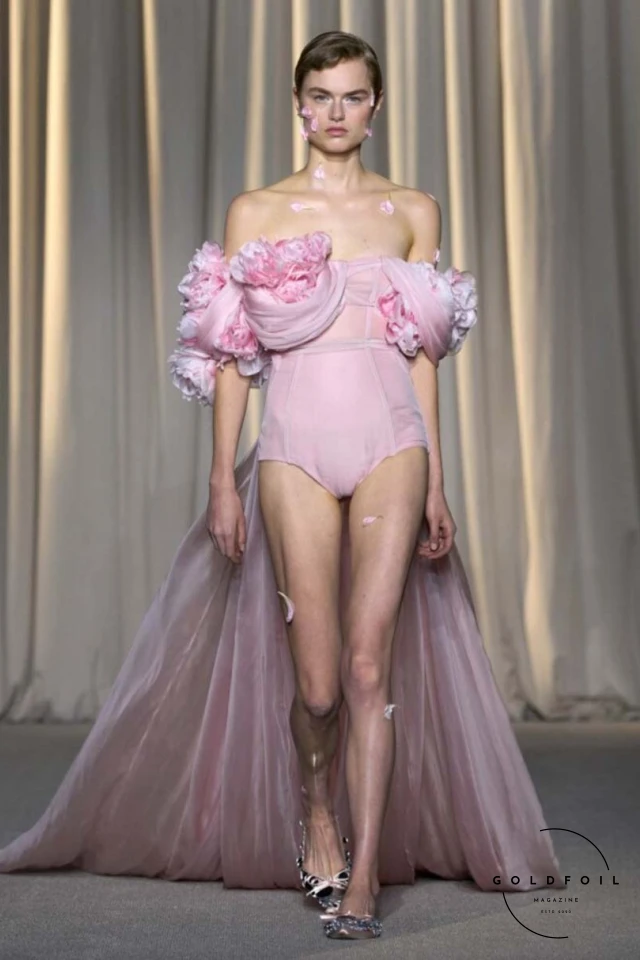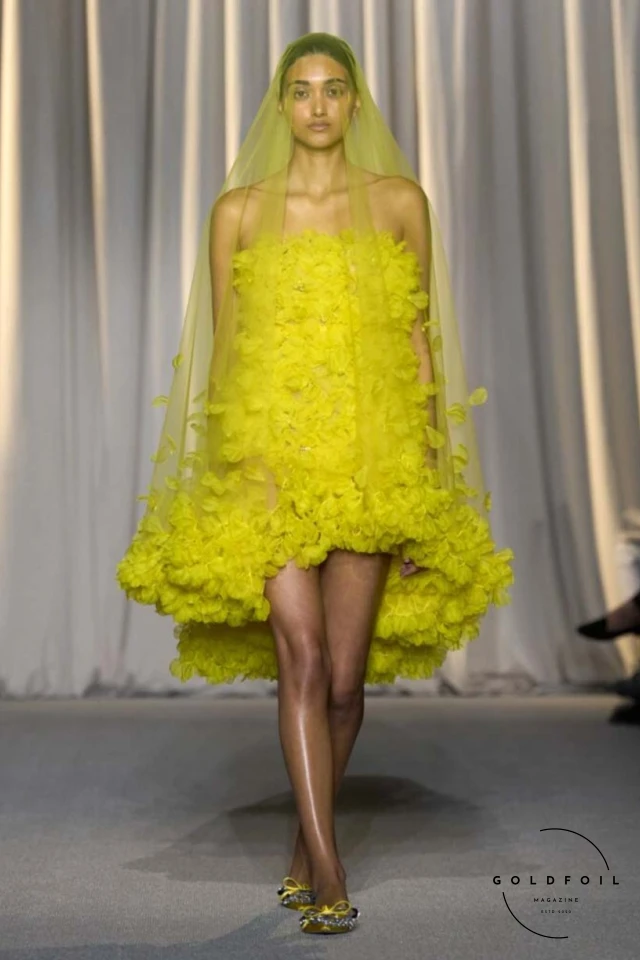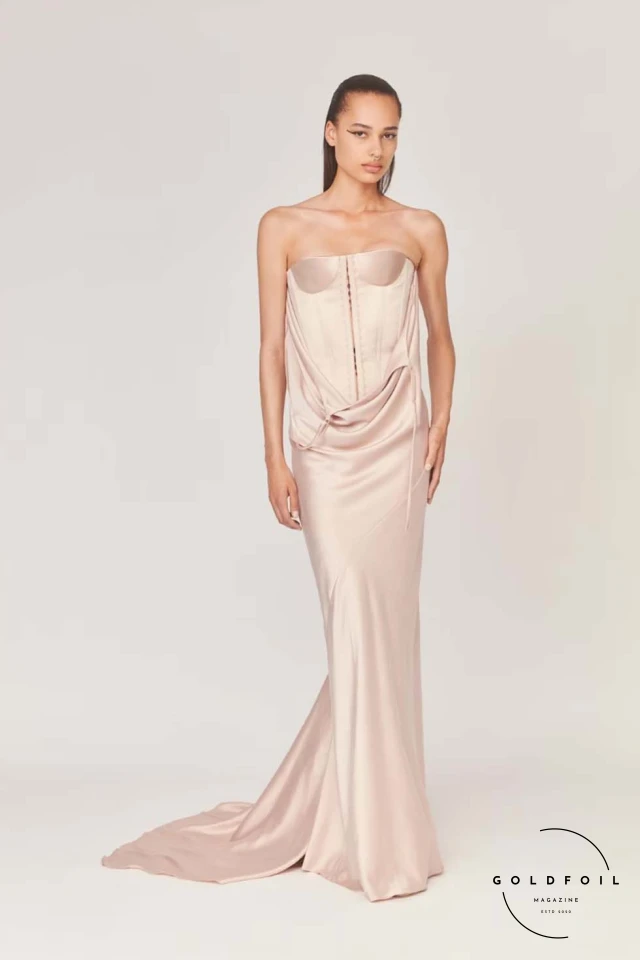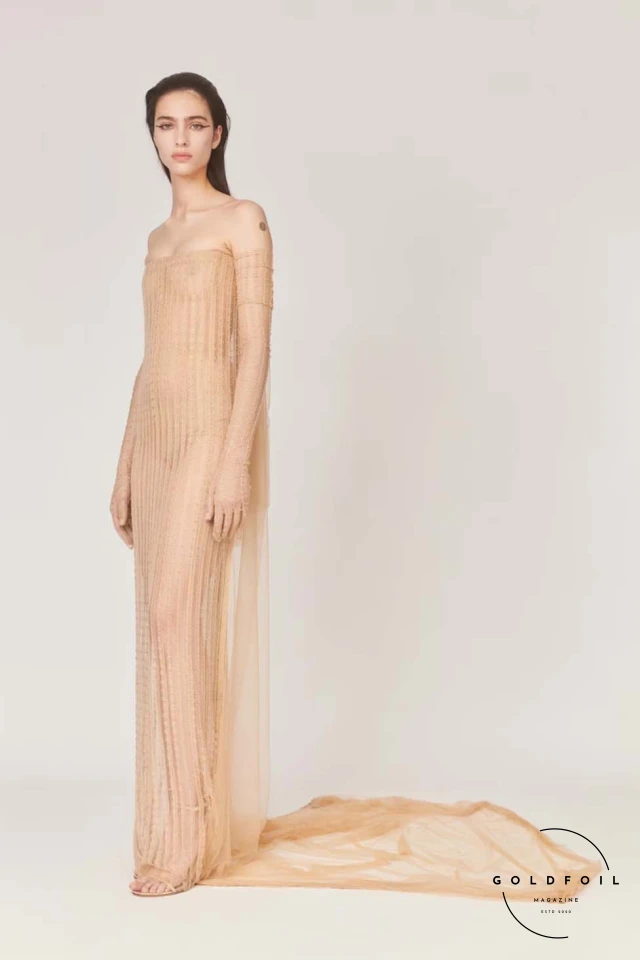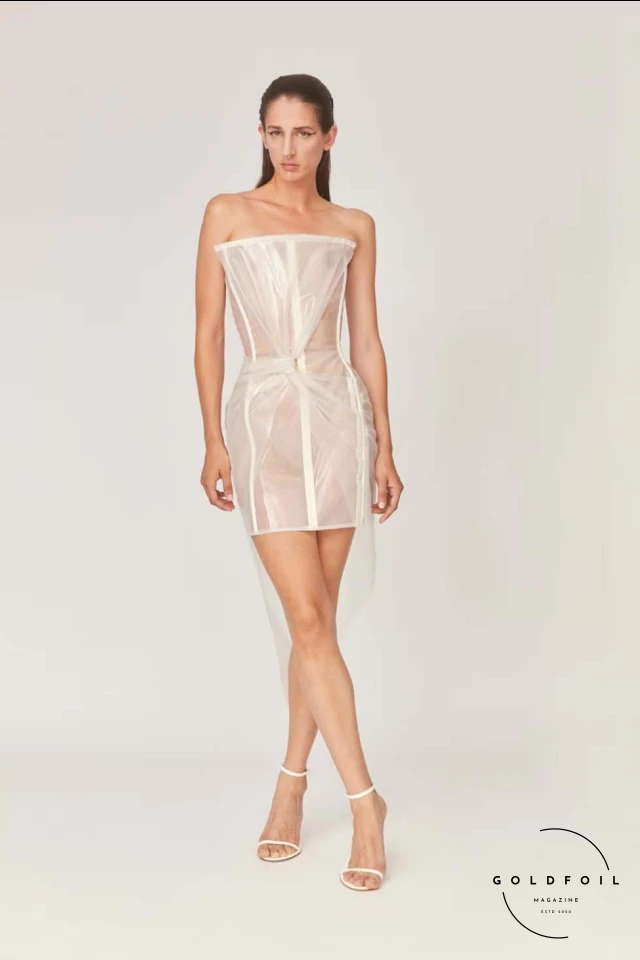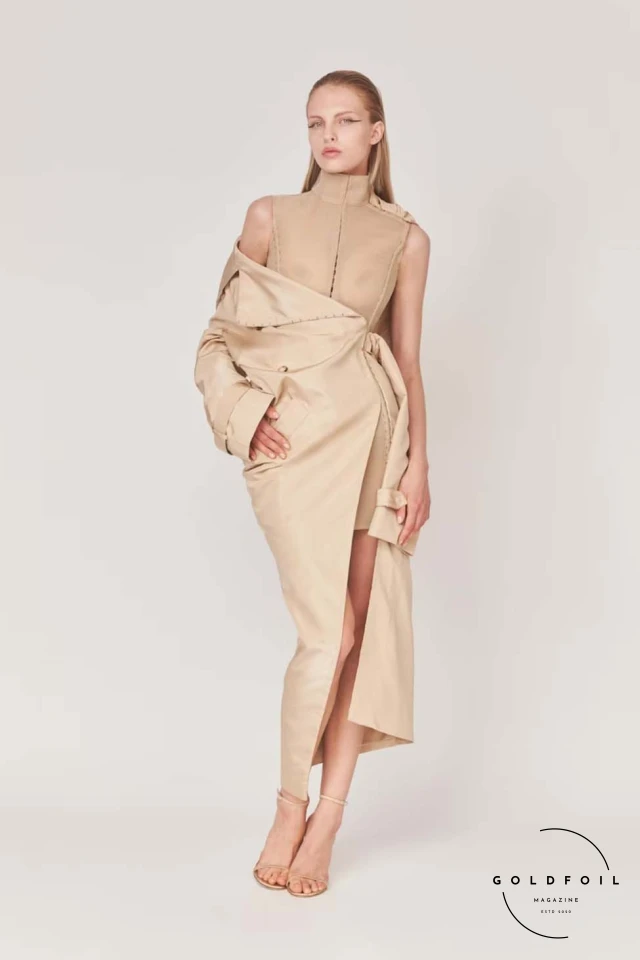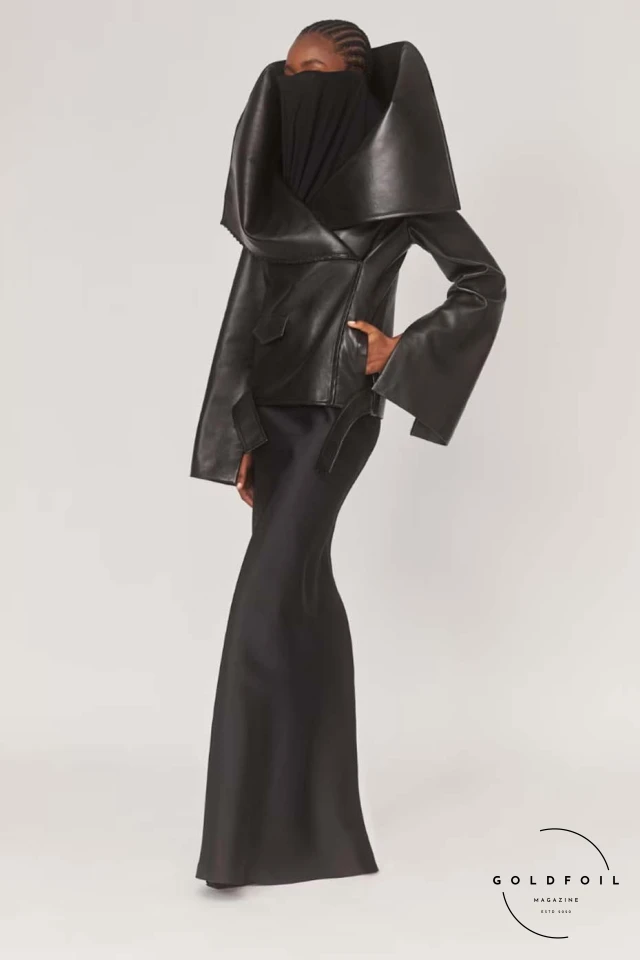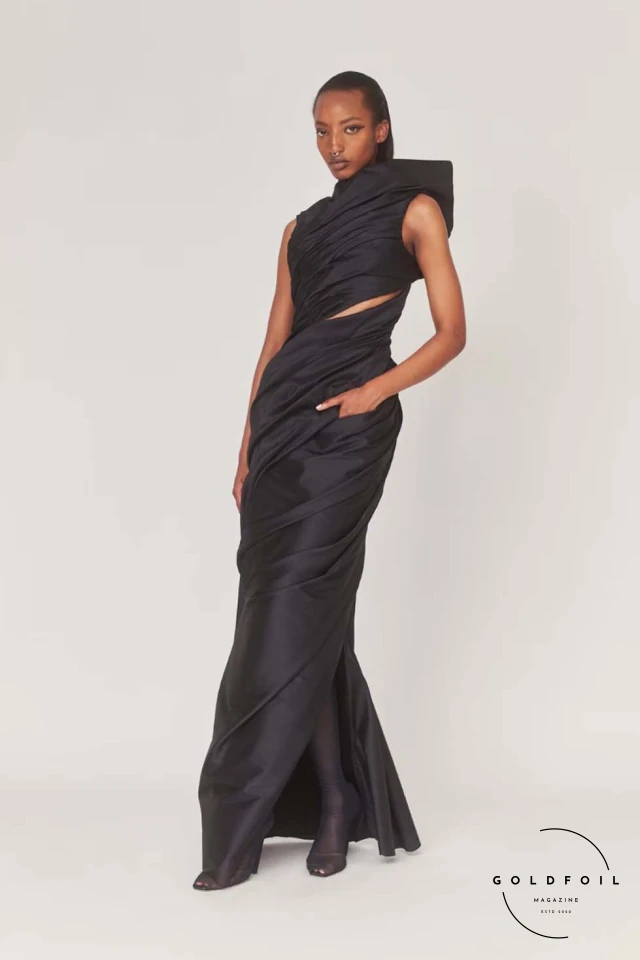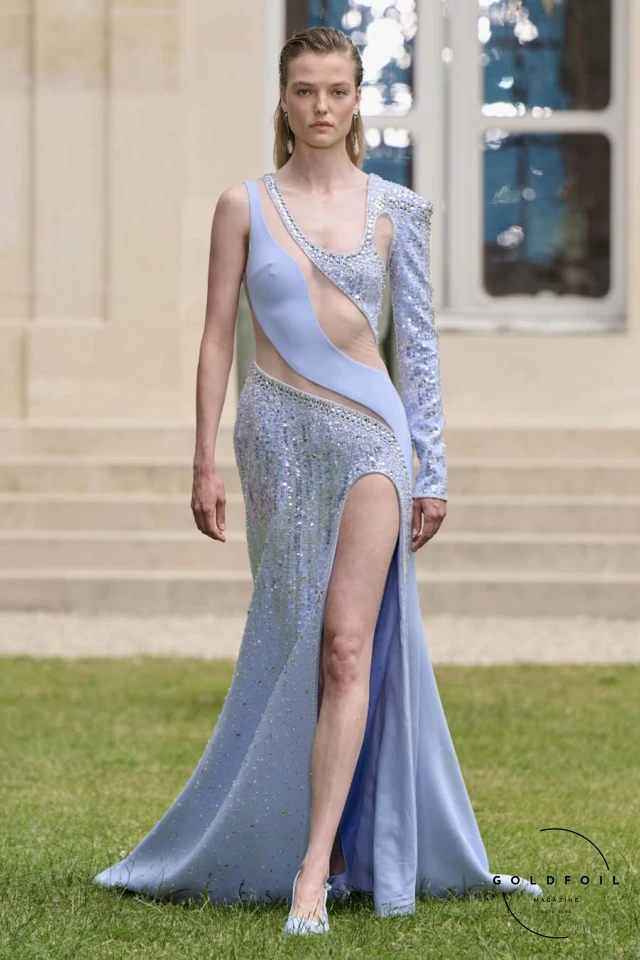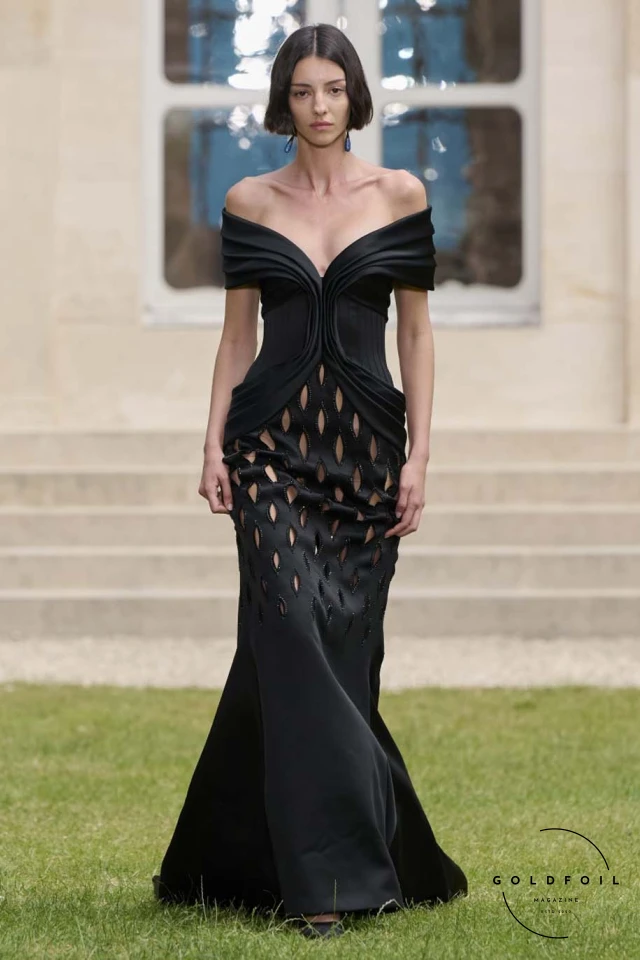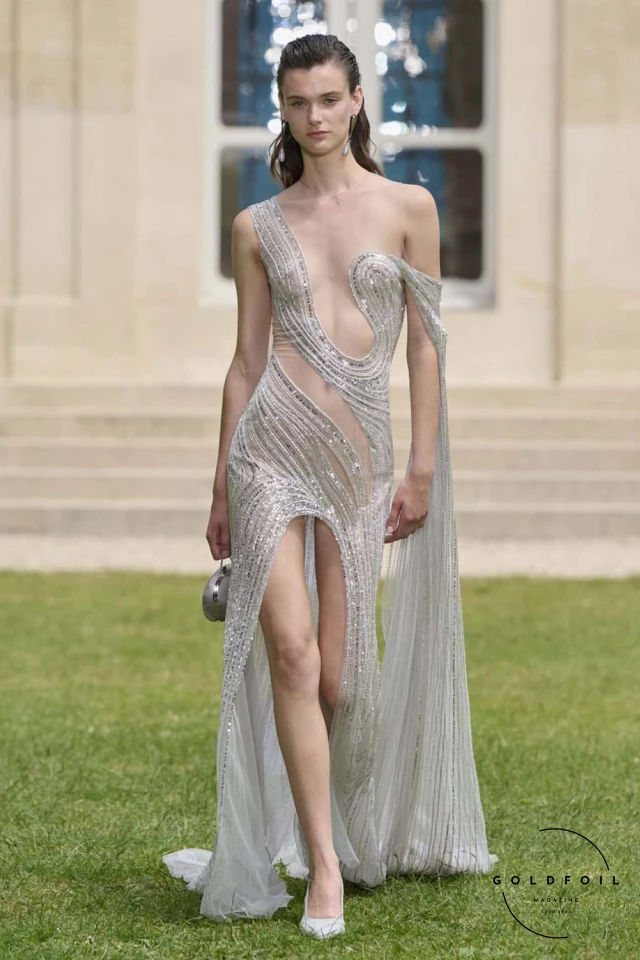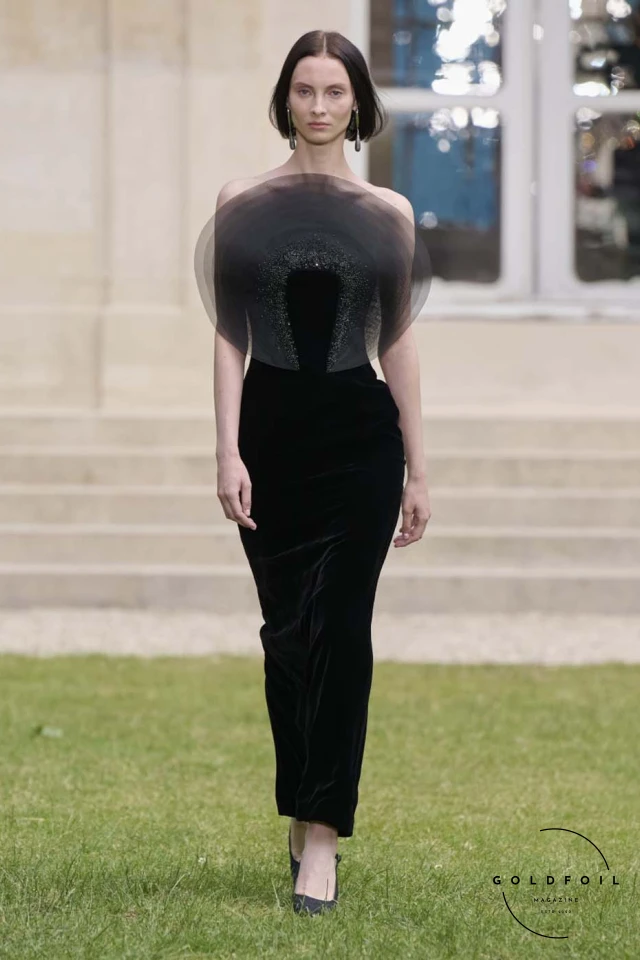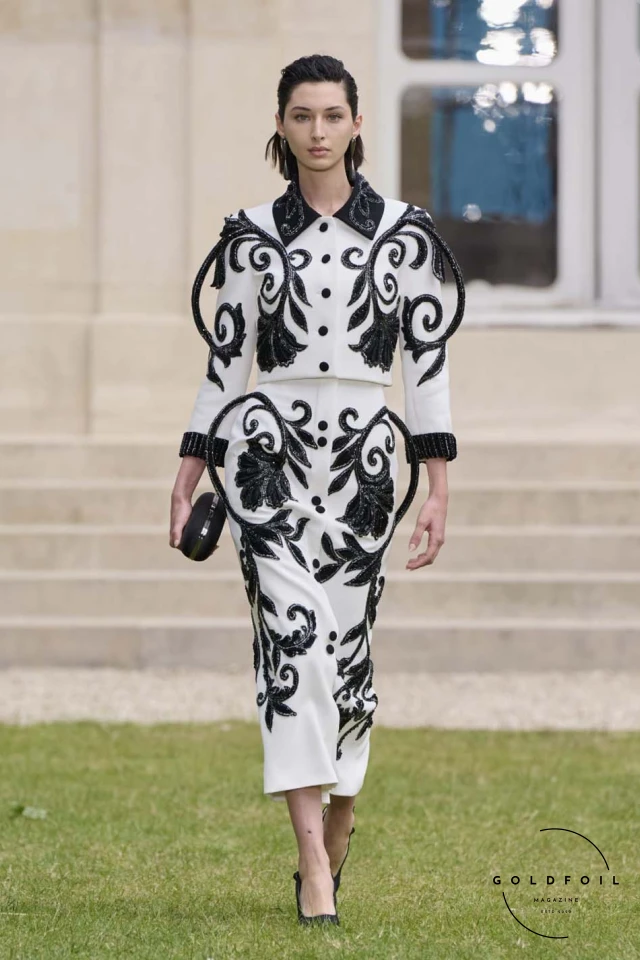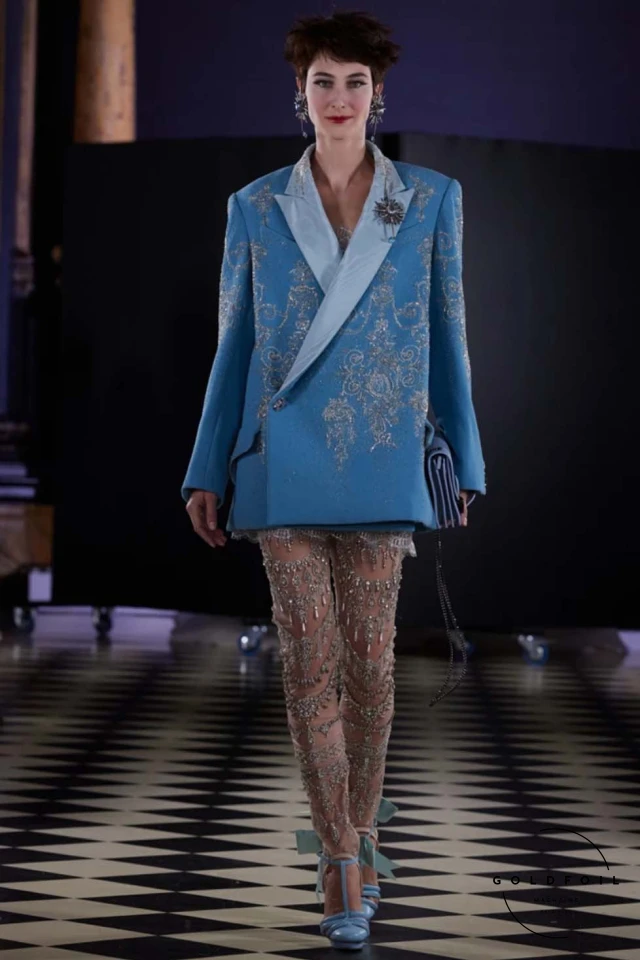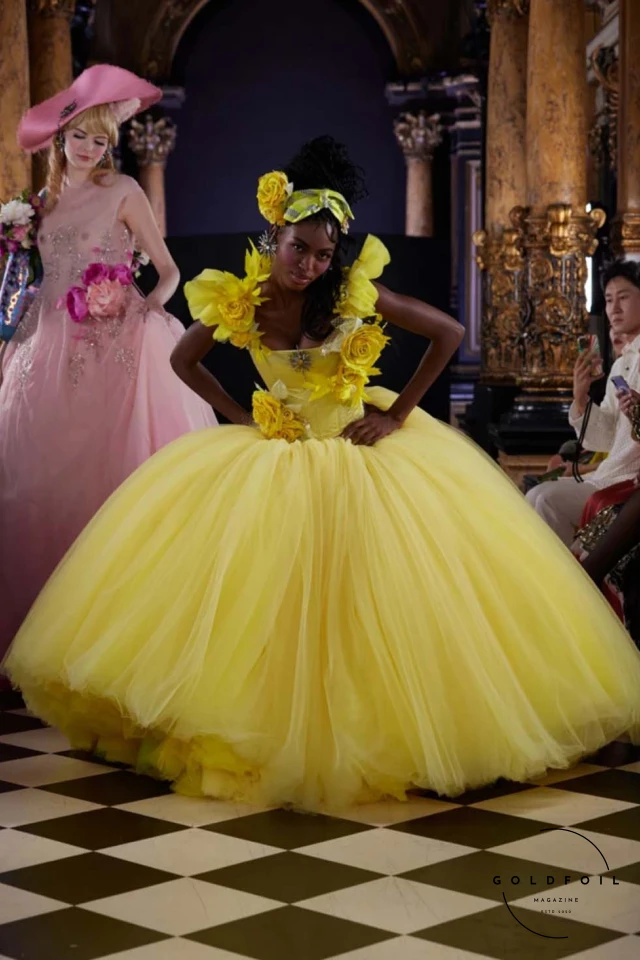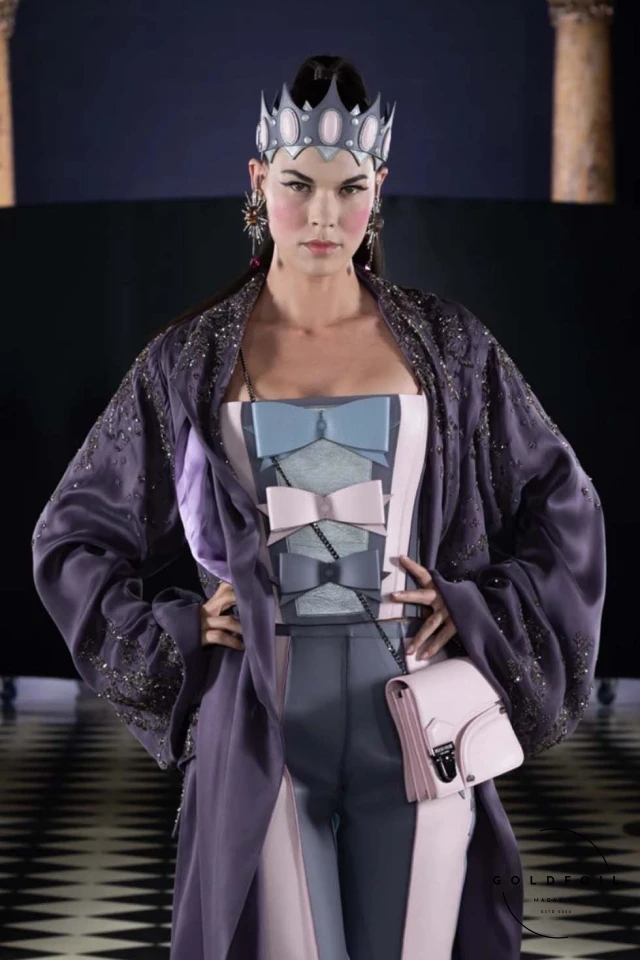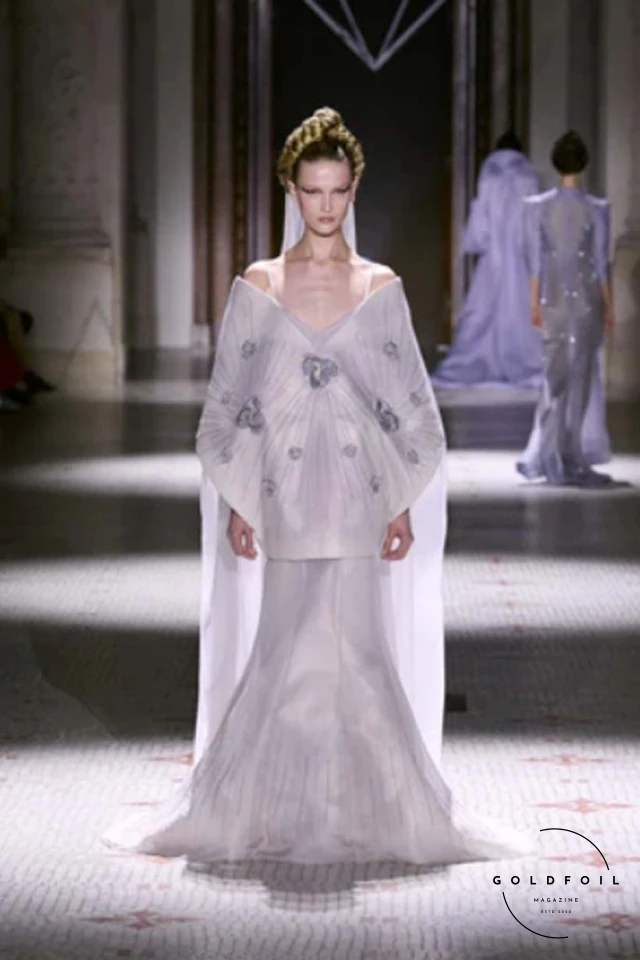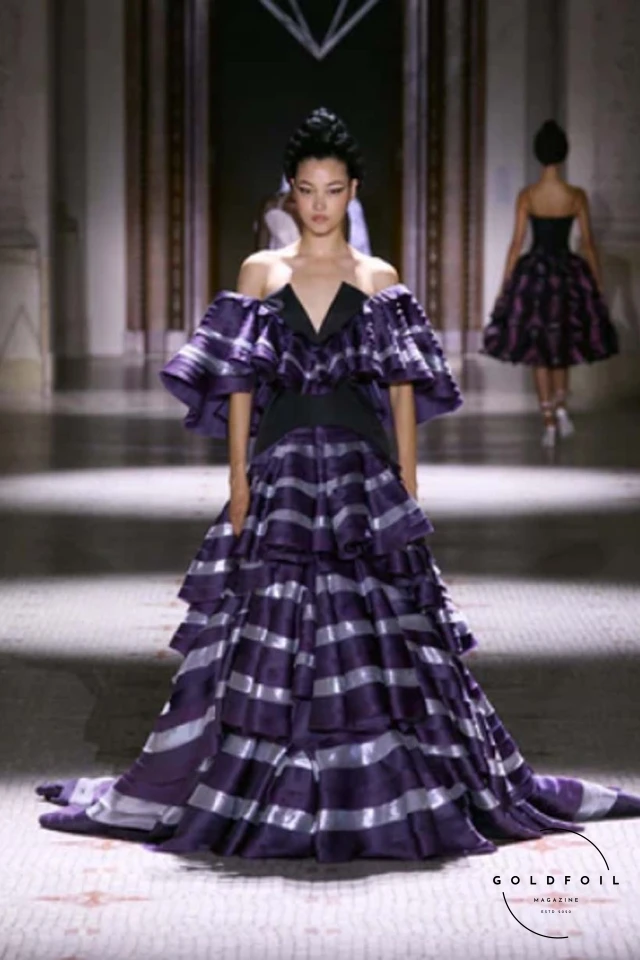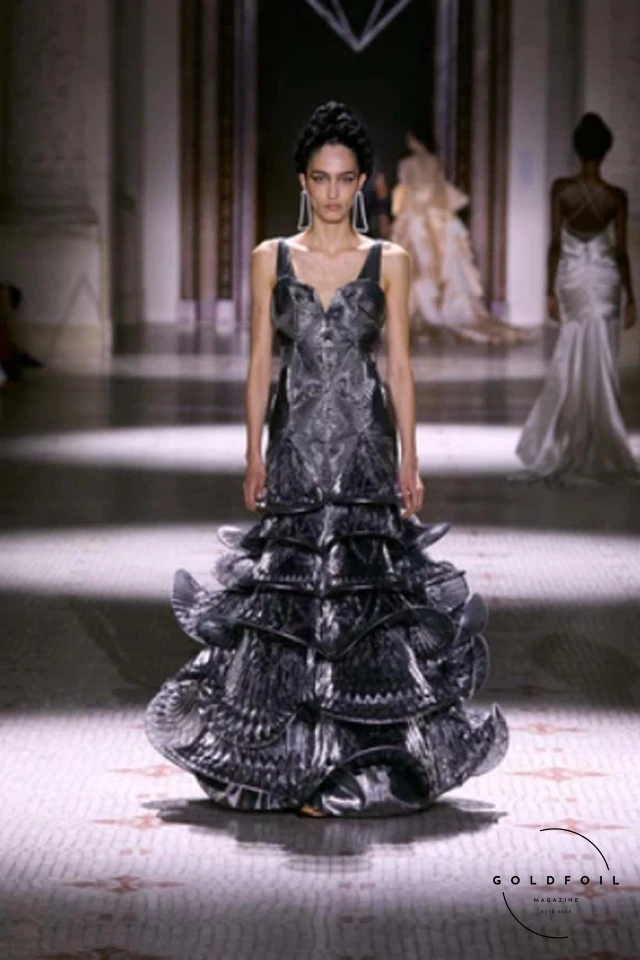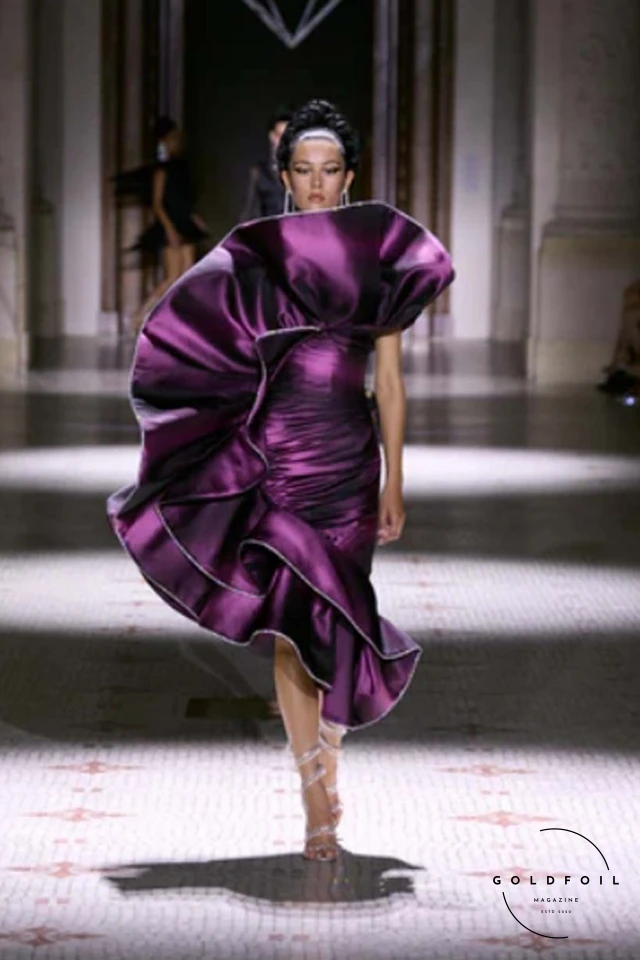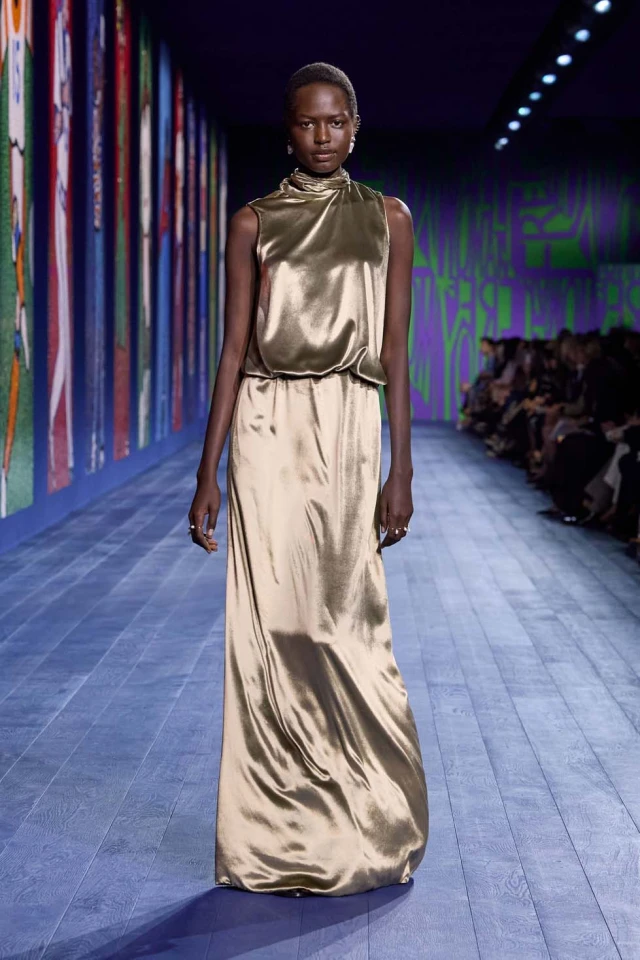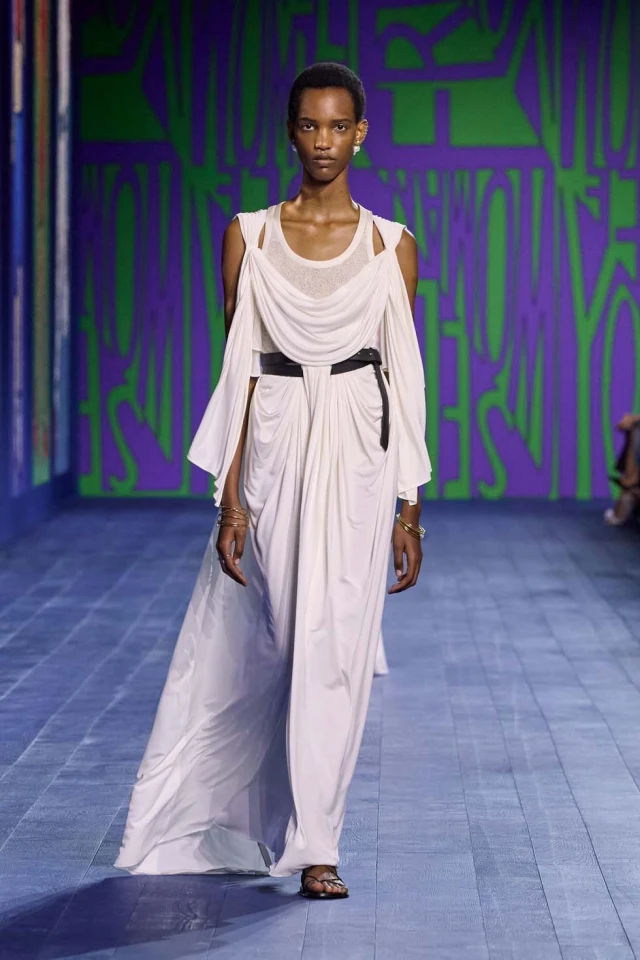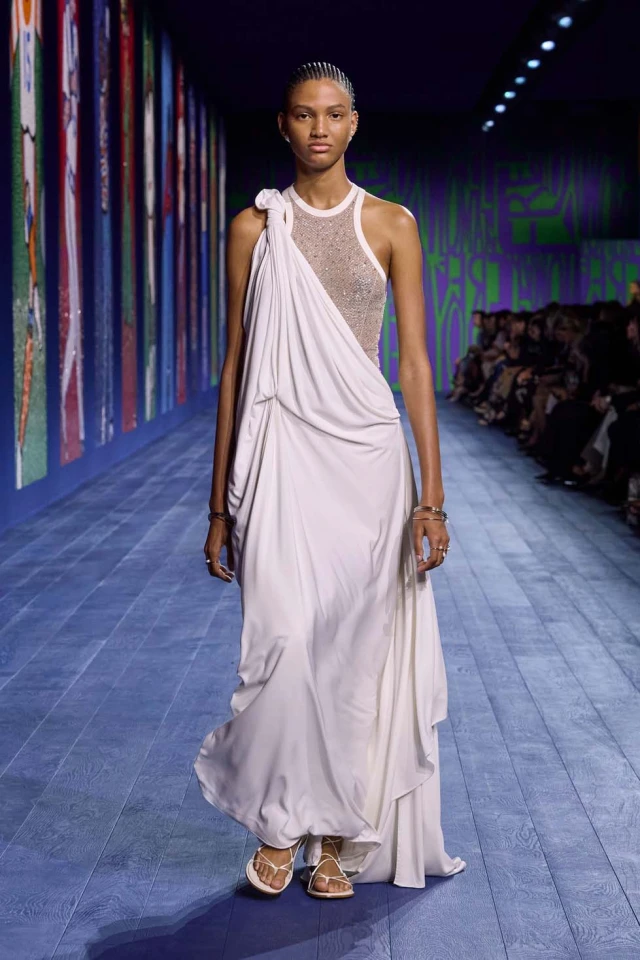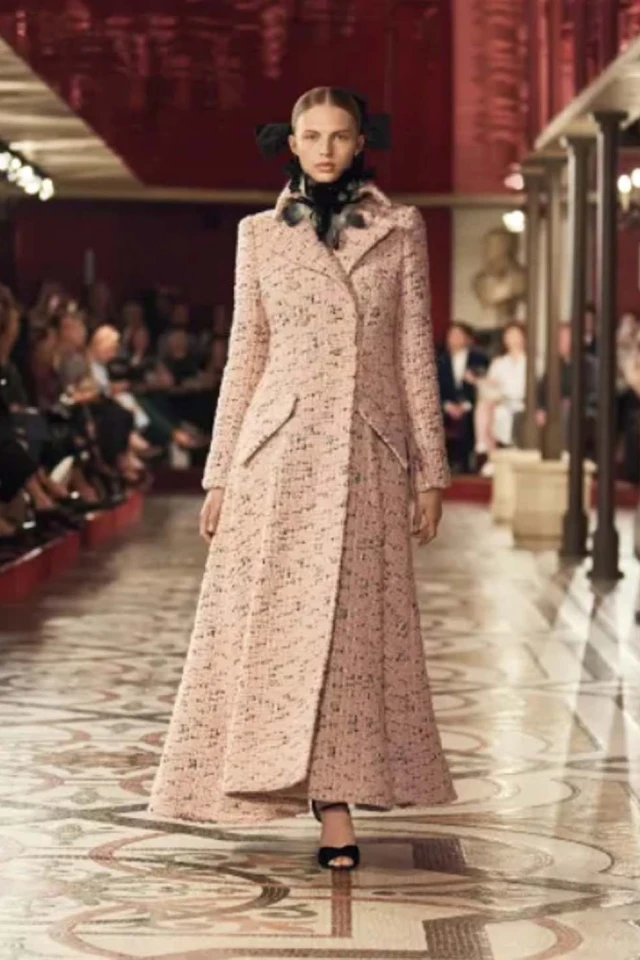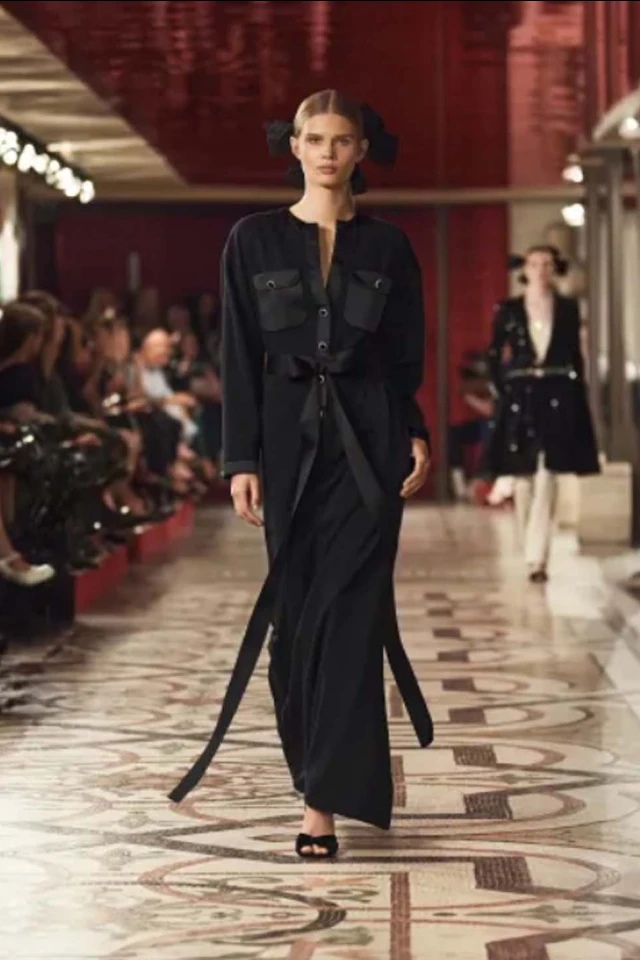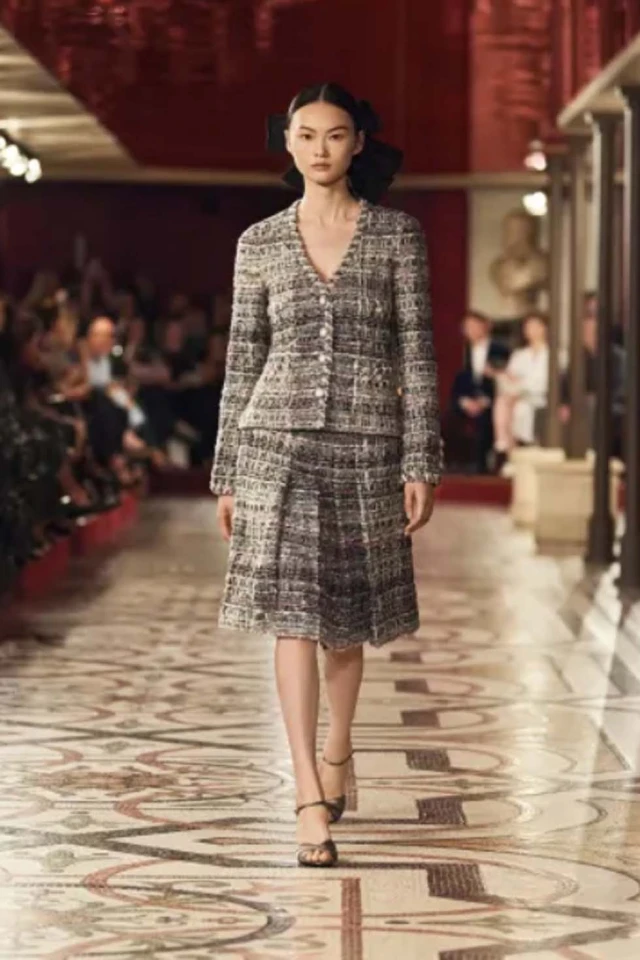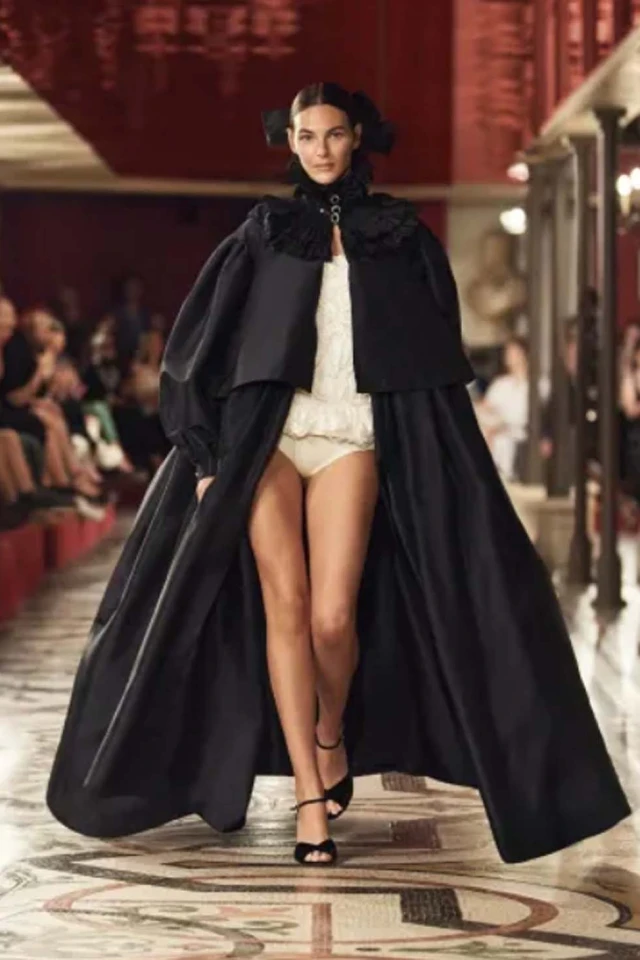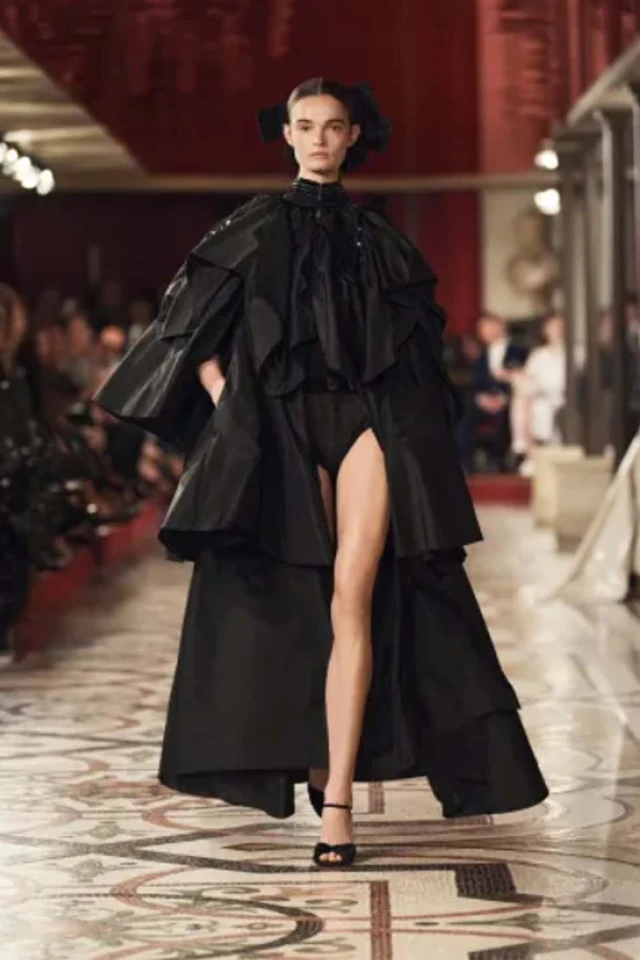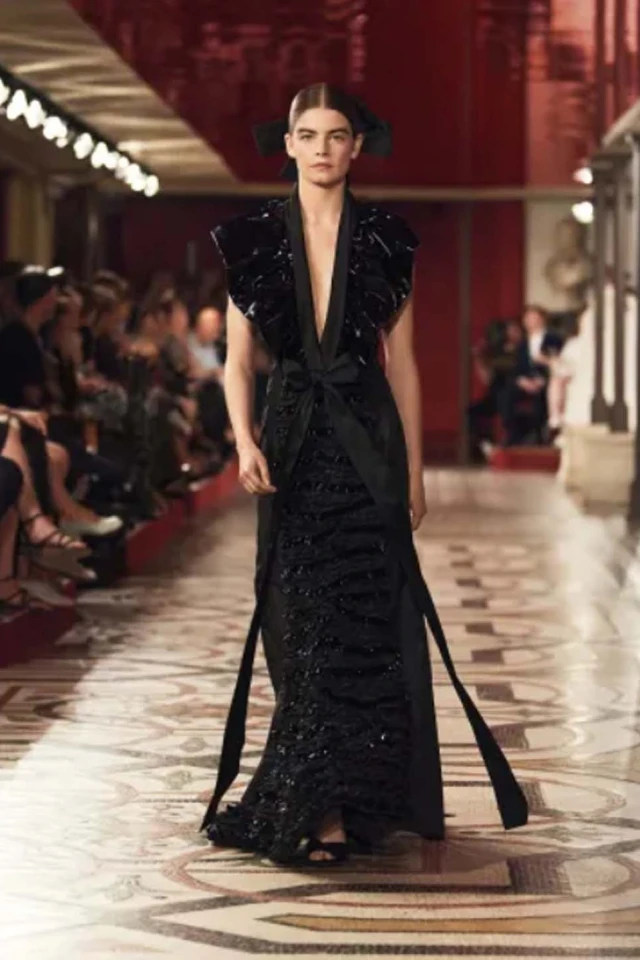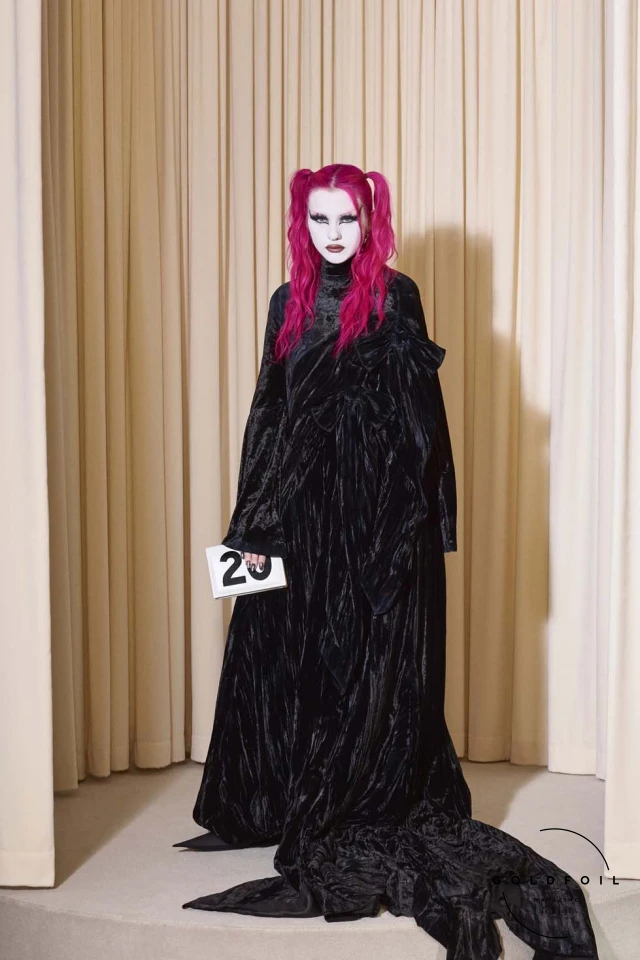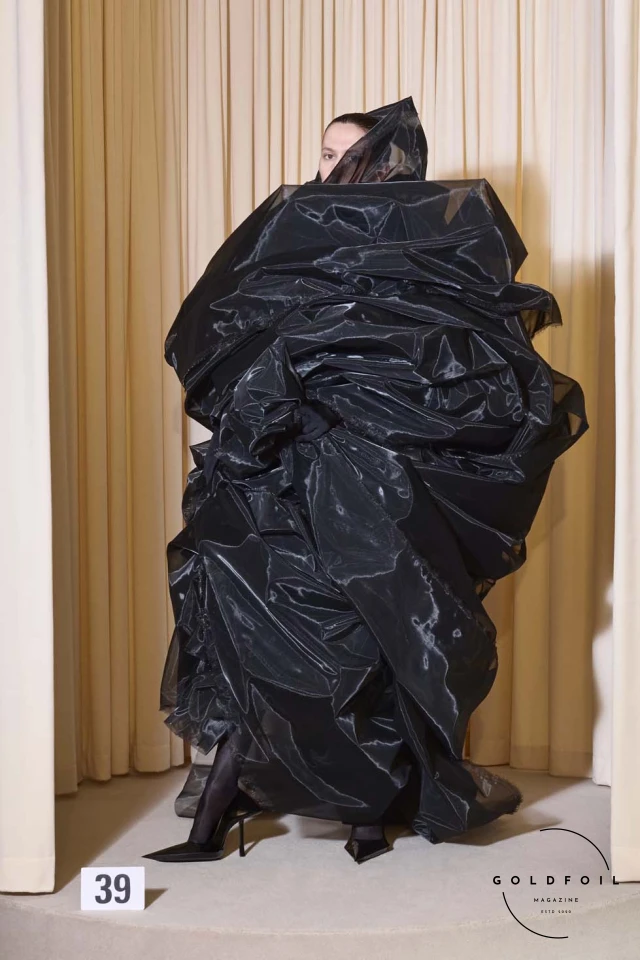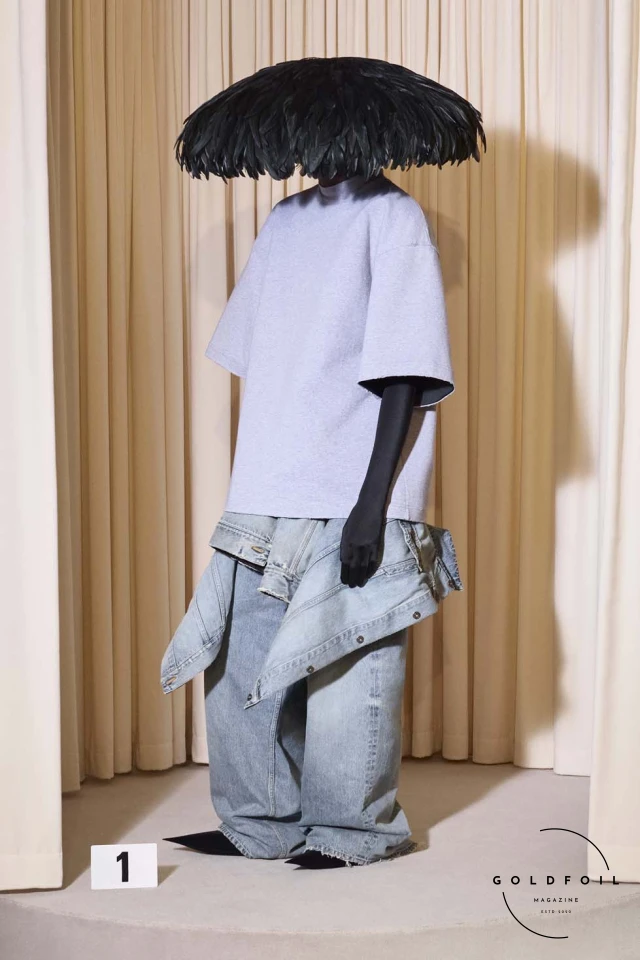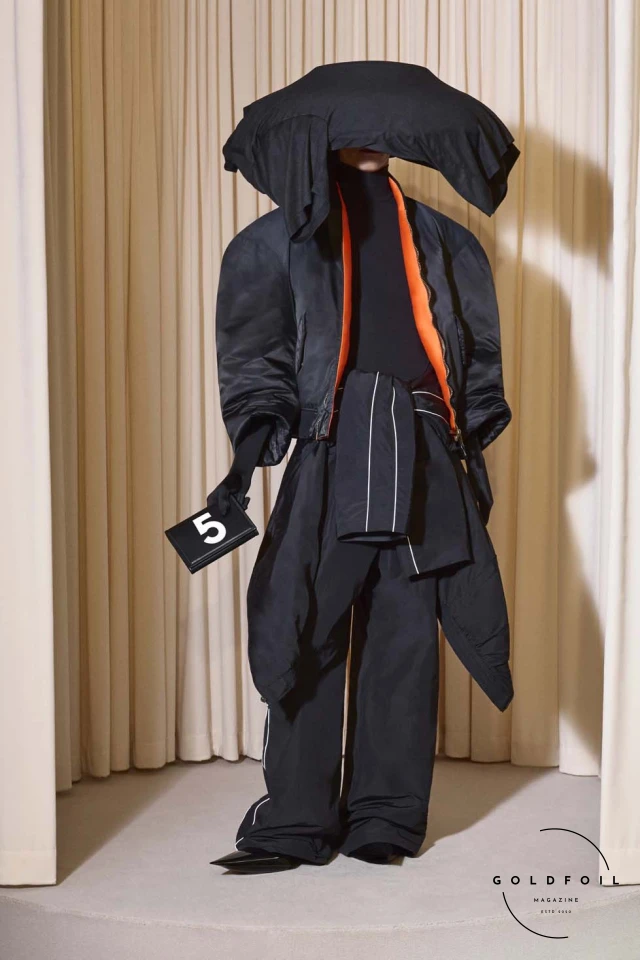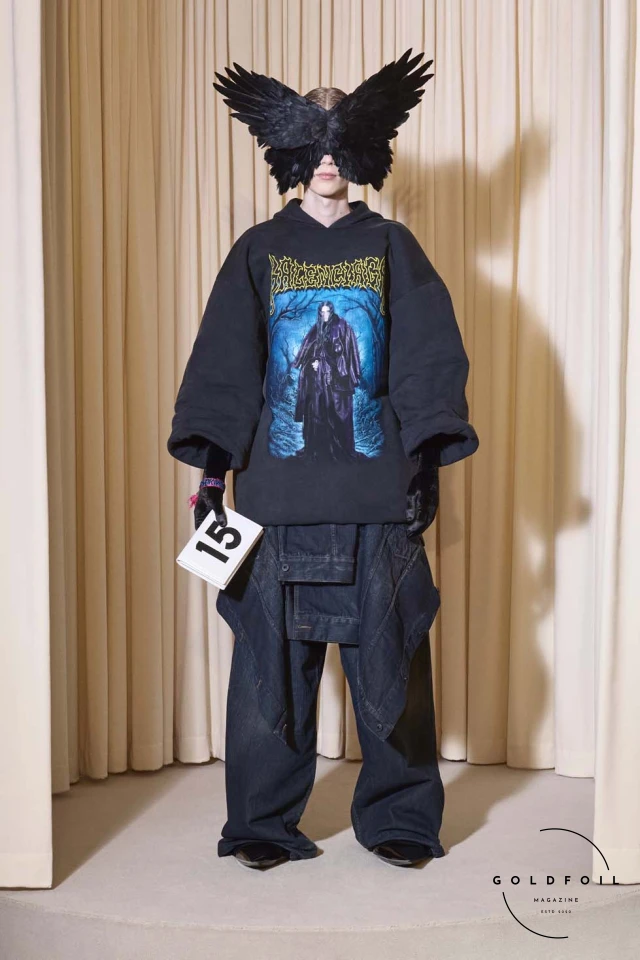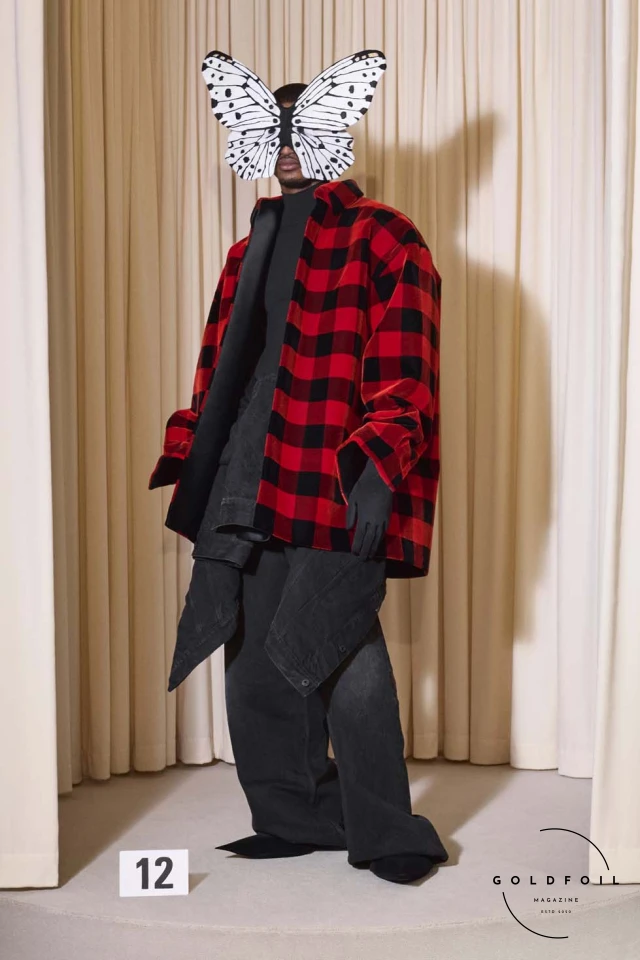Considered the epitome of elegance and creativity, Paris Haute Couture Week kicked off earlier this week with a mix of artistry and a few gimmicks. Surprisingly, the usual dominance of stunts and influencers-turned-models took a backseat this season, allowing the garments to truly shine. Notably, brands like Valentino and Fendi opted out of the couture season, leaving a distinct void. As Paris gears up to host the Olympic Games later this summer, it's no surprise that many collections drew inspiration from sports. Some, like Thom Browne, hit the mark perfectly, while others, such as Maria Grazia Chiuri at Dior, left us gasping and screaming into our pillows. Here’s our take on what really transpired during Paris Haute Couture Week.
Schiaparelli
Daniel Roseberry presented what could only be described as one of his best collections since joining Schiaparelli, eschewing gimmicks, props, and influencers like Kylie Jenner with her infamous tiger head from last year. Instead, he focused on craftsmanship through a cinematic quality runway show in a blackout room where fabrics, drapes, and textures spoke through a visual and artistic language.
For this collection, creative director Daniel Roseberry paid homage to the 1950s, the heyday of founder Elsa Schiaparelli. Titled ‘The Phoenix,’ a reference to Elsa's ability to reinvent herself, the show opened with a model wearing a velvet cape embroidered to create a trompe l’oeil ‘wing’ effect. The chandelier-lit basement of the Hôtel Salomon de Rothschild set the stage for a journey into the past: satin hoops, bustier gowns, and hourglass designs paraded in the old runway style, with models emerging at a leisurely pace and making eye contact with the audience. This collection struck the perfect balance between the phantasmagorical and the seductive, exactly as one would expect from Schiaparelli.
In the show notes, Daniel described the inspiration through Elsa’s life in the 1950s: "By March of 1932, Elsa Schiaparelli’s reputation was already made: a shape-shifting entrepreneur, she blurred the lines between fashion and art and life and art... The larger design is the continuously expanding universe of Maison Schiaparelli. I was told recently that 'People don’t buy Schiaparelli, they collect it.' That kind of devotion is inspired only by a unique relationship between client and creation. This is what makes Haute Couture so special: it’s an expression of my vision for the Maison today, one free from marketing and merchandising... a way for me to honor that relationship... the one in which I give women the power to be reborn, again and again and again."
The emotional impact of the collection was palpable, with the opening look making Doja Cat cry, and she wasn’t the only one moved by the stunning portrayal of the feather-engulfed dress. Daniel Roseberry’s reinvention of Schiaparelli continues to captivate, proving that true haute couture can still evoke powerful emotions and timeless beauty.
Robert Wun
Robert Wun marked the 10-year anniversary of his label with a couture show titled "Time," reflecting on his journey in fashion. He pondered questions like “why I’ve been doing this for so long, why I still want to keep doing it, and for how long,” using these introspections as the foundation for a collection of one-of-a-kind, extravagant showstoppers. Wun found his answer in accepting that “one day everything ends—and that’s okay.”
To translate the concept of the passing of time into clothing, Wun envisioned the progression of seasons. The opening look, a majestic black gown with a matching veil embroidered in crystals, depicted “the first falling of snow,” symbolizing winter and its reflective nature. For Wun, accepting time’s limitations fuels creativity; the only way to make time meaningful is to enjoy the moments given, regardless of success or failure.
Wun’s elaborate creations have garnered attention from private clients, celebrities, and elite stylists, drawing the likes of Beyoncé, Lady Gaga, Björk, and Cardi B. His ability to capture the decay of beauty was evident in themes of time’s erosion on living beings, portrayed through visible burns on the hems of a bright yellow three-piece in swishing silk, voluminous and entirely plissé. Wun explained the meticulous process: “We scanned the burn marks we’d done on a piece of organza, then we printed it on silk and did further burning on the edges to emphasize the effect. Burn, scan, print, and then reburn.”
The result was a collection that not only celebrated the past decade of Wun’s career but also embodied a poignant meditation on time, making "Time" a fitting and profound anniversary show.
Thom Browne
Thom Browne drew inspiration from the upcoming Olympic Games and sports throughout the centuries for his latest collection. The opening was nothing short of a spectacle, with the games beginning beneath the glow of five luminescent spheres. Spectators arrived in custom muslin smocks given prior to the show by the designer, each tagged with their names in classic Thom Browne calligraphy. At the centre of the hall, sixteen athletes in summer-weight cotton tailoring competed in a tug-of-war, their bodies in tension, showcasing strength in a back-and-forth struggle that eventually brought forth a winner.
Browne deconstructed and reconstructed hallmarks of American sport, layering and cutting materials to create organic, voluminous shapes. The silhouettes featured strong shoulders and empire waists, revealing the intricate construction process with hook-and-eye closures, raw edges, and cross-stitching. Embroidered Grecian figures in sequins and bugle beads—archers, javelinists, disc throwers, wrestlers, and weightlifters—captured the vigor and grace of athletic movement.
The collection included tailored sport coats and modular aprons, lace-back and pleated-front hourglass corsets, and strips of muslin stitched to metallic threads before being hand-knit into oversized cardigans. A knife-pleated tennis skirt and sheer trousers also graced the runway. Surprisingly, for a couture collection, much of Browne’s finished pieces were made from muslin—the simple, lightweight cotton used for initial mock-ups (called "toiles") at ateliers. The show notes encapsulated this approach: “The toile as the source text… The toile as the finale garment… The work-in-progress becomes the final work… Couture.”
In celebrating the spirit of athleticism and craftsmanship, Thom Browne's collection stood out as a homage to both the upcoming Olympics and the timeless art of couture.
Elie Saab
Elie Saab’s couture show opened with an unexpectedly minimalist look: a form-fitting mermaid dress in black velvet, featuring a swishing train but no embellishments. “I revisited my work from the ’90s and felt it still looked fresh, so I wanted to reference that to show the consistency of my work,” Saab shared during a preview.
The show progressed from pitch-black to deep ruby and emerald tones, presenting sleek, sinuous shapes with sparse embroidery and tone-on-tone feathers and flower appliqués. As if emerging from darkness, gowns shimmered with moonlight-silver sequins, growing more sumptuous and voluminous. Rich embroidery and crystal beading adorned sensual see-through chiffon and organza, culminating in a lavish finale. The bridal dress was a cloud-like creation in blush tulle, intricately embroidered with pale gold curlicues and a regal train fit for a royal wedding.
Saab’s signature feminine fantasy was showcased through opulent ostrich feathered jackets, elegant sweetheart necklines, and delicate opera gloves. Encrusted bodices, sculpted silhouettes, and fluid trains elevated the looks from Victoriana drama to fantastical femininity. The collection also featured dazzling prints that married jewels to florals.
The show concluded with a haze of cream lace and shimmering gold as the Elie Saab bride appeared in a lace and sequined gown with a flowing train. This fairy-tale frock, a sharp departure from the dramatic gowns preceding it, evoked a sense of wonder and escapism, a core theme of this season’s collection.
Iris Van Herpen
Iris Van Herpen has continually pushed the boundaries of fashion, and her latest presentation, "Hybrid Show," at Paris Haute Couture Fashion Week, was no exception. Held in a gallery-like space, the show featured just nine works, including five haute couture gowns that appeared as living artworks. Models emerged from impasto-covered canvases, moving with a grace that conjured the natural world. Notable highlights included rhythmic bursts of pearls, transparent filigreed structures, and ethereal lace patterns fused with silk. Van Herpen’s mastery of craftsmanship was evident in every piece, showcasing her ability to blend fashion with art seamlessly.
This collection also marked Van Herpen's venture into purely artistic practice, with four additional works that combined solid oil paint, airy tulle, and hand-pleated silk. Reflecting on her recent retrospective at the Musée des Arts Décoratifs, which drew a record-breaking crowd, Van Herpen explained, "It has been a natural next step for me to show my vision of fashion and art living in the same universe." The 45-minute presentation, far longer than typical fashion shows, allowed viewers to fully immerse themselves in the intricate details and craftsmanship, emphasizing the beauty of experiencing couture over a prolonged period.
Giambattista Valli
Giambattista Valli’s fall 2024 haute couture show in Paris was a vibrant spectacle, true to his signature voluminous tulle dresses while embracing an Indian influence. Held at 7 Place Vendôme, the show opened with Indian musicians and featured gowns blending Italian opulence with Indian floral motifs. Models wore bouquet-like dresses adorned with floating florals and jasmine garlands, creating a surreal mix of Valli's love for India and Botticelli-inspired paradise gardens.
With just 33 looks, the collection was tightly curated, showcasing rich hues like mint green, royal purple, and raspberry red. Valli played with draping and textures, presenting sculptural sleeves, floral capes, and billowy fabric layers. Models in flat shoes added a real-world touch to the extravagant gowns, including a lime-green marabou feather dress and a sunflower yellow tulle dress so large it barely fit the runway. Valli’s blend of cultures and focus on the healing power of beauty through floral designs made this collection a standout at Paris Haute Couture Fashion Week.
Jean Paul Gaultier
The Jean Paul Gaultier by Nicolas Di Felice couture show was a standout at Paris Haute Couture Fashion Week, blending Gaultier's iconic styles with Di Felice’s innovative vision. Held in a dramatically arranged space, the collection focused on slender, corseted silhouettes with intricate hook-and-eye embellishments. The show opened with models wearing giant collars and offbeat eyewear, evoking Gaultier's fall 1991 collection but with a minimalist twist.
Di Felice, known for his work at Courrèges, brought his signature sexually charged designs to the runway, using hook-and-eye fasteners in provocative ways and steering clear of prints and excessive volume. The collection included tight-fitting garments in luxurious fabrics like gabardine de soie, gazar, and taffeta. The adaptable designs allowed wearers to adjust their level of exposure, exemplified by a chainmail dress made from 40,000 interconnected hooks-and-eyes.
In his exploration of the Gaultier archives, Di Felice focused on lesser-known monochromatic silhouettes, aiming to broaden the perception of couture. The result was a collection that felt more Di Felice than Gaultier, yet received an enthusiastic thumbs-up from Gaultier himself. The show highlighted Di Felice's talent and his ability to modernize and reinterpret the legendary designer’s work.
Georges Hobeika
Set against the enchanting gardens of the Hotel Pozzo Di Borgo, Georges Hobeika's collection was a mesmerizing journey through the stages of a flower’s bloom. Embracing vibrant hues, the show transitioned gracefully from monochrome to soft pastels, radiant tones, and finally, bridal whites. The Maison’s signature drama, intricate embroidery, and dazzling sparkle were prominently featured throughout.
Exquisite lace cut-outs, intricate stitch work, and signature beading techniques highlighted the meticulous craftsmanship. Contrasting fabrications played with matte and shine, as well as opaque and transparent textures, adding depth and intrigue to each piece. The signature two-piece tailleur set appeared in various distinctive forms, epitomizing the brand’s exceptional savoir-faire.
Julien Fournié
Amid the enchanting gardens of the Hotel Pozzo Di Borgo, Georges Hobeika's collection for Fall-Winter 2024-25 was a visual symphony of blooming flowers. Transitioning from monochrome to soft pastels and radiant tones, the show culminated in ethereal bridal whites. Hobeika’s signature drama, intricate embroidery, and dazzling sparkle were evident throughout, with lace cut-outs, stitch work, and beading showcasing meticulous craftsmanship. Contrasting fabrics played with matte and shine, adding depth and intrigue, while the iconic two-piece tailleur set appeared in various forms, epitomizing the brand’s savoir-faire.
Julien Fournié presented his "Last Queen" capsule collection at the Grévin Museum, inspired by the legendary Marie-Antoinette. Set against the backdrop of Marie-Antoinette's wax statue, the show celebrated the queen’s historical influence as a fashion icon. The collection featured six métiers d'art silhouettes that echoed the splendor of Versailles and the revolutionary creativity that Marie-Antoinette championed. Each piece, from the leather marquetry armor to the azure blue jackets with moiré collars, highlighted Fournié's commitment to blending historical grandeur with modern haute couture craftsmanship.
The highlight was the majestic court dress for Marie-Antoinette's statue, crafted from 1,500 meters of tulle and 120 meters of triple white silk organza, embroidered with symbols of the French court. The dress, light yet voluminous, featured intricate details like candlestick illuminations and 3D knots, embodying the timeless elegance and innovation that define both Fournié’s vision and haute couture itself.
ArdAzAei
For ArdAzAei’s debut on the official haute couture calendar, Swedish-Iranian designer Bahareh Ardakani crafted a dream world inspired by theoretical physics, geometry, and string theory. A trained gemmologist, Ardakani translated Calabi-Yau curves into textiles, creating mathematically generated shapes that blended science and art. Her fascination with hidden details was evident in the intricate, unseen elements within each piece, showcasing a deep dive into mathematics and its connection to fashion.
Nature’s reflection of math was apparent in her designs, with patterns resembling blooms and fresh pink florals adorning cocktail dresses and ballgowns. Retro-futuristic dresses floated away from the body, evoking early Pierre Cardin, while 3D-printed embroidery patterns and GOTS-certified organic textiles underscored her commitment to sustainability. Ardakani's creations, viewed as wearable art, were displayed at the Musée des Arts et Décoratifs, marking a significant moment for her five-year-old house and hinting at future innovations for her ready-to-wear line.
The biggest haute couture misses this seasons came from:
Dior
Chanel
Balenciaga
Demna Gvasalia reintroduced couture to Balenciaga in 2021, blending the house’s architectural heritage with modern streetwear. For fall/winter 2024, he infused his collection with elements reminiscent of his Vetements days, blurring the lines between couture and ready-to-wear. This season’s show featured upcycled sweatshirts and football jerseys transformed into ball gowns, alongside evening dresses crafted from plastic bags and denim jackets. While these pieces challenged traditional notions of couture, they also invited the audience to question the value of high fashion in today’s world.
However, this collection also faced criticism for missing the mark on tailoring, creativity, and the over-the-top theatrics that Balenciaga is known for. By incorporating elements from his ready-to-wear shows, Gvasalia's narrative felt somewhat repetitive. Despite the timely commentary on luxury amidst global crises, the collection was viewed as one of the weaker entries in this season's haute couture lineup.
